Hydropolitics of La Ribera del Marco / Hidropolíticas de La Ribera del Marco
Curators: Julio C. Vázquez Ortiz & Ana García Alarcón.
Production: Cáceres Abierto 2023
Art direction, script, editing, and post-production: Santiago Morilla.
Water analysis laboratory: Hidromante, Plasencia, Cáceres, Spain.
Soundscape: Joaquín Díaz Durán and Santiago Morilla.
Field recordings: Wee Producciones and Santiago Morilla.
︎
The present project was dedicated to the exhaustive analysis of the current quality and composition of the waters of La Ribera del Marco, the river course that enabled the first human settlements in Cáceres (Spain) during the Upper Paleolithic and which, ever since, has supplied the essential resources for the city's urban development. Currently, however, the city (and its political governance) appear disconnected from their origins, from the natural legacy that has shaped the landscape, and from the considerable geological and biological heritage that still harbors a notable diversity of fauna and flora species.
The project’s fundamental strategy consisted of 'giving a voice to the water.' Between March and April 2023, analyses were conducted in a legal, certified laboratory on four water samples obtained from the most strategic locations along La Ribera del Marco. These analyses revealed the presence of human traces and detrimental practices, with a notable influence from extractive and mining industries, deeply rooted in the water’s memory. These practices affected the potability of some sources from which the citizens of Cáceres continue to draw water for personal consumption and the irrigation of adjacent market gardens.
Based on the scientific data obtained, several posters were specifically designed for installation in the public space of La Ribera del Marco (pending the corresponding permits). However, these posters were CENSORED by the Cáceres City Council a few days before the inauguration of Cáceres Abierto 4 (UTOPIANISM / COLLAPSE / RECONSTRUCTION). Consequently, it was decided to exhibit them in the Sala de Arte El Brocense, along with a video projection and display tables containing all the laboratory analyses and results, as well as the project's graphic documentation.
In the video editing process, I utilized an artificial intelligence tool with object recognition capabilities via machine learning, which allowed me to map the various elements present in the image. My objective was not limited to evaluating whether the water composition met the technical-sanitary criteria for potability, but also to identify the human imprints etched into the riparian landscape. In other words, I sought to evidence and interpret the anthropic traces that narrate the history, present, and future of coexistence between human and non-human entities. The question that arises is: What is the water communicating to us? What map do its data plot? Are we willing to listen to and translate its data?
It is crucial to recognize that data are never neutral; they are constantly processed and interpreted with and against themselves. Data are modeled according to a semantics that responds to specific purposes, thus becoming a translation that operates with/from/for the human world. Consequently, adopting a 'hydropolitical' perspective implies the creation of representational spaces that grant greater 'voice' and legal status to all beings and 'things,' both human and non-human."

El presente proyecto se dedicó al análisis exhaustivo de la calidad y la composición actual de las aguas de la Ribera del Marco, el curso fluvial que posibilitó los primeros asentamientos humanos en Cáceres (España) durante el Paleolítico Superior y que, desde entonces, ha suministrado los recursos indispensables para su desarrollo urbanístico. En la actualidad, sin embargo, la ciudad (y su gestión política) se encuentran desconectadas de sus orígenes, del legado natural que ha configurado el paisaje y del considerable patrimonio de interés geológico y biológico, que aún alberga una notable diversidad de especies de fauna y flora.
La estrategia fundamental del proyecto consistió en “dar la voz al agua”. Entre marzo y abril de 2023, se realizaron análisis en un laboratorio legal y homologado de cuatro muestras de agua obtenidas de las ubicaciones más estratégicas de La Ribera del Marco. Estos análisis revelaron la presencia de huellas humanas y prácticas perjudiciales, con una notable influencia de las industrias extractivas y mineras, profundamente arraigadas en la memoria del agua. Estas prácticas afectaban a la potabilidad de algunas fuentes de las que la ciudadanía cacereña continúa abasteciéndose para el consumo personal y el riego de las huertas adyacentes.
A partir de los datos científicos obtenidos, se diseñaron varios carteles específicamente concebidos para su instalación en la vía pública de La Ribera del Marco (previa obtención de los permisos correspondientes). Sin embargo, estos carteles fueron CENSURADOS por el Ayuntamiento de Cáceres pocos días antes de la inauguración de Cáceres Abierto 4 (UTOPISMO / COLAPSO / RECONSTRUCCIÓN). En consecuencia, se optó por exhibirlos en la Sala de Arte El Brocense, junto con una vídeo-proyección y mesas-vitrinas que contenían todos los análisis y resultados de laboratorio, así como la documentación gráfica del proyecto.
En el proceso de edición del vídeo, empleé una inteligencia artificial con capacidades de reconocimiento de objetos mediante aprendizaje automático, lo que me permitió mapear los diversos elementos presentes en la imagen. Mi objetivo no se limitaba a evaluar si la composición del agua cumplía con los criterios técnico-sanitarios para su potabilidad, sino también a identificar las huellas humanas impresas en el paisaje ribereño. En otras palabras, busqué evidenciar e interpretar las trazas antrópicas que nos narran la historia, el presente y el futuro de la convivencia entre humanos y no-humanos. La pregunta que surge es: ¿qué nos comunica el agua? ¿Qué mapa trazan sus datos? ¿Estamos dispuestos a escuchar y traducir sus datos?
Es fundamental reconocer que los datos nunca son neutrales; se procesan e interpretan constantemente “con” y “contra” sí mismos. Los datos se modelan según una semántica que responde a propósitos específicos, convirtiéndose, por lo tanto, en una traducción que opera con/desde/para el mundo humano. Por consiguiente, adoptar una perspectiva “hidropolítica” implica la creación de espacios de representación que otorguen mayor “voz” y estatutos de derecho a todos los seres y “cosas”, tanto humanos como no-humanos.
︎ 2023 © Santiago Morilla
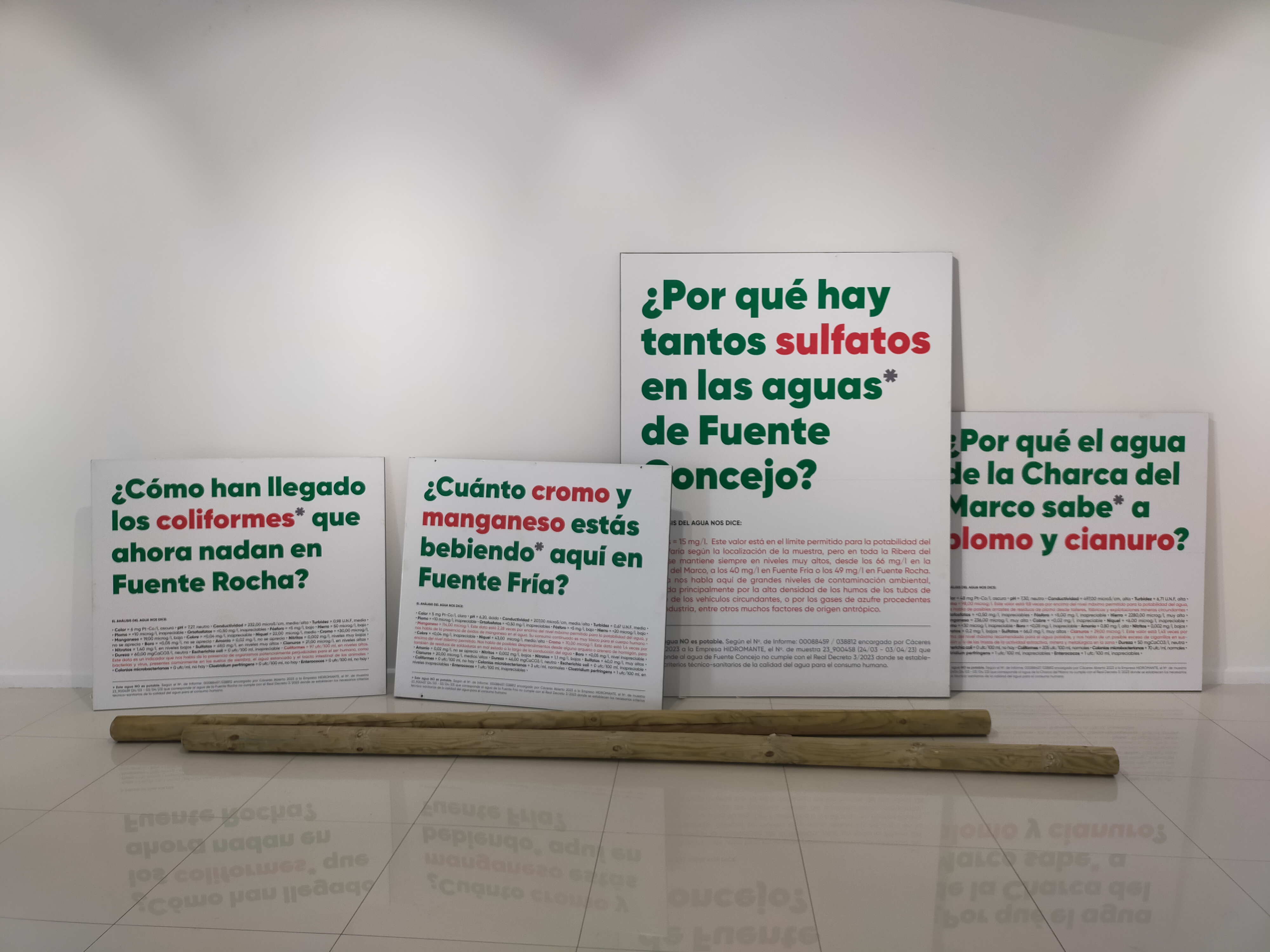
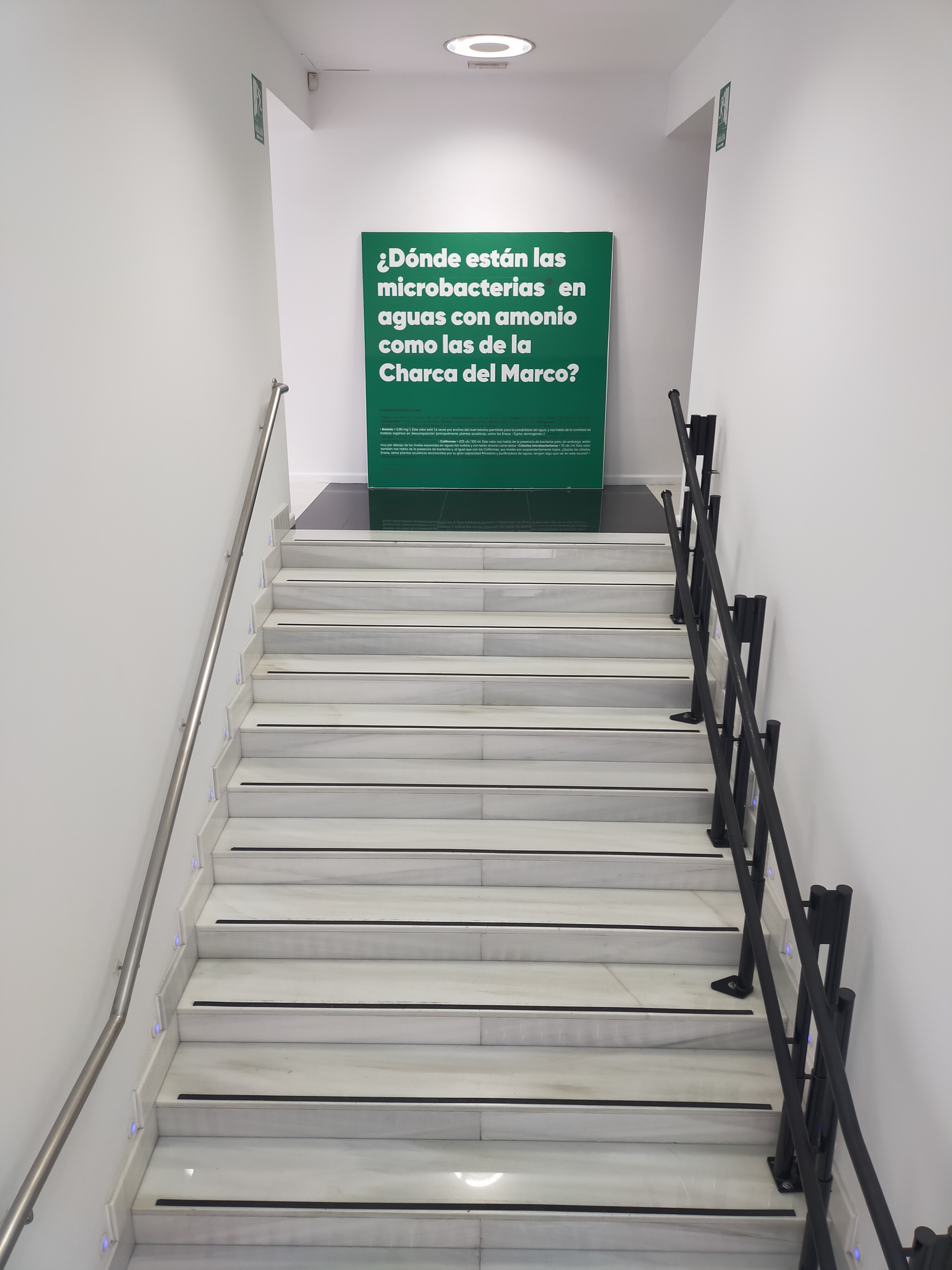

︎ Billboards CENSORED by the Cáceres City Council, produced specifically to be placed in the public space of La Ribera del Marco, but instead displayed in a residual manner inside Sala El Brocense, Cáceres, Spain.
︎ “Hydropolitics of La Ribera del Marco” Single-channel Video FullHD Artwork (08:52)

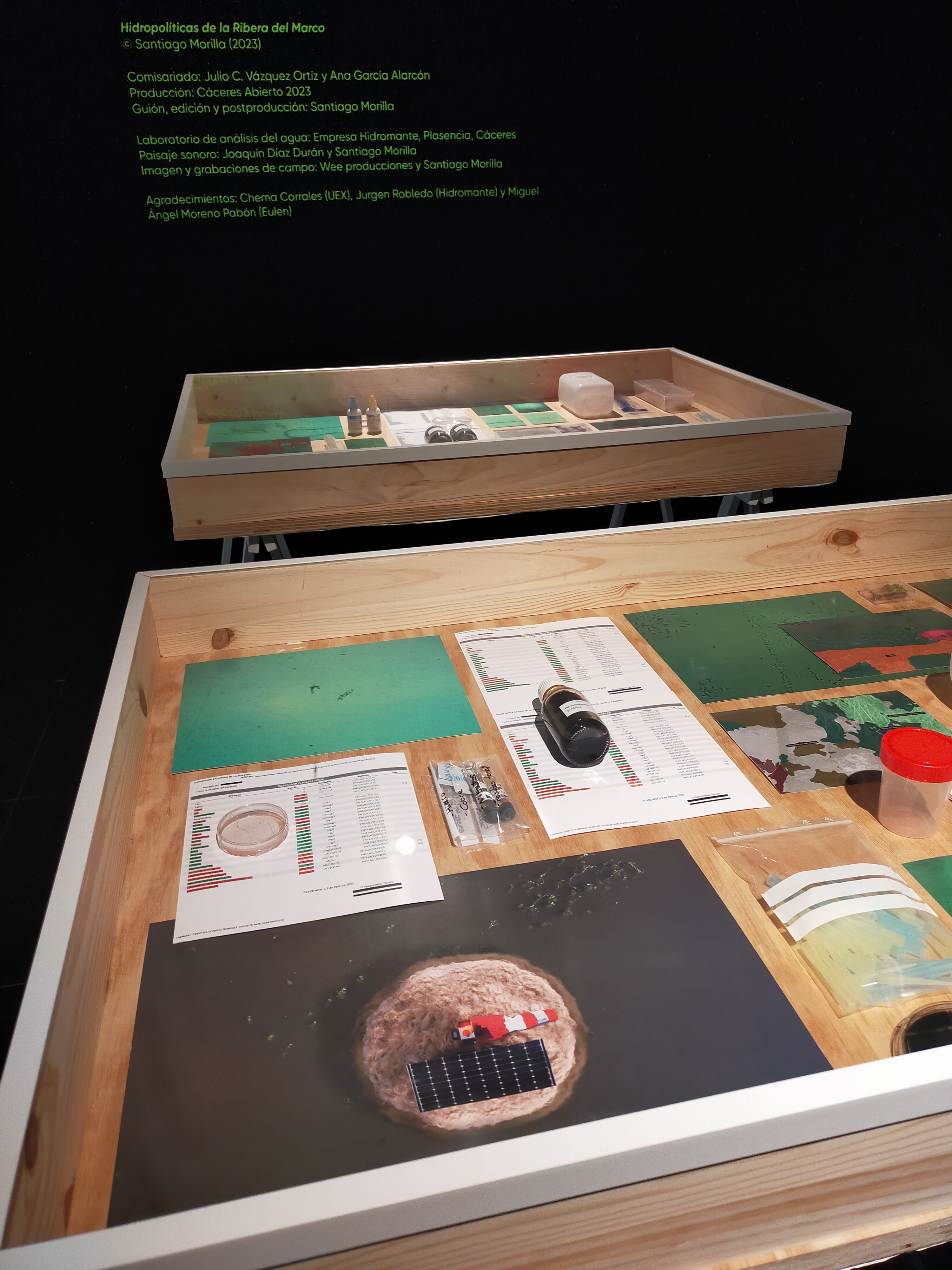
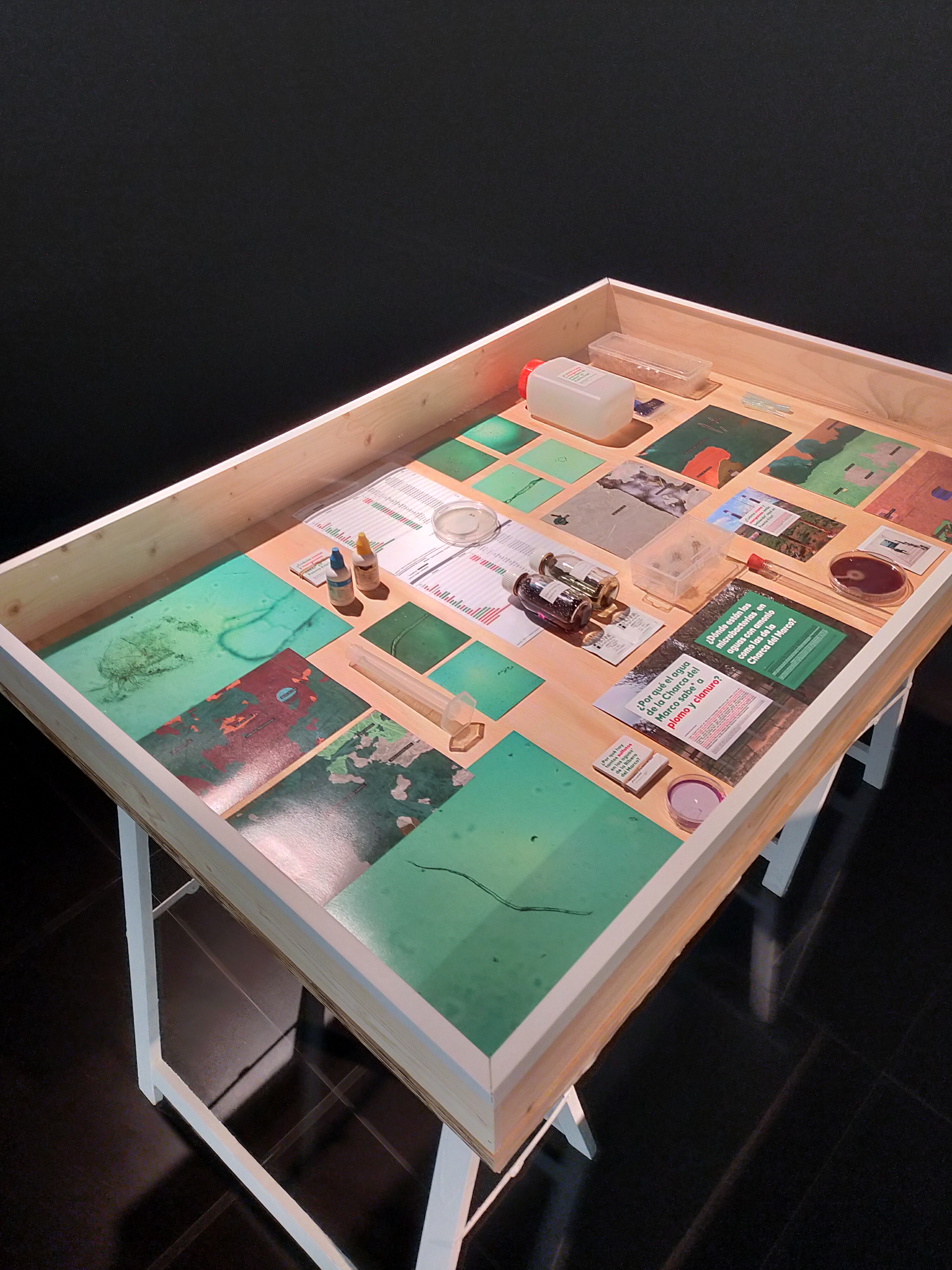
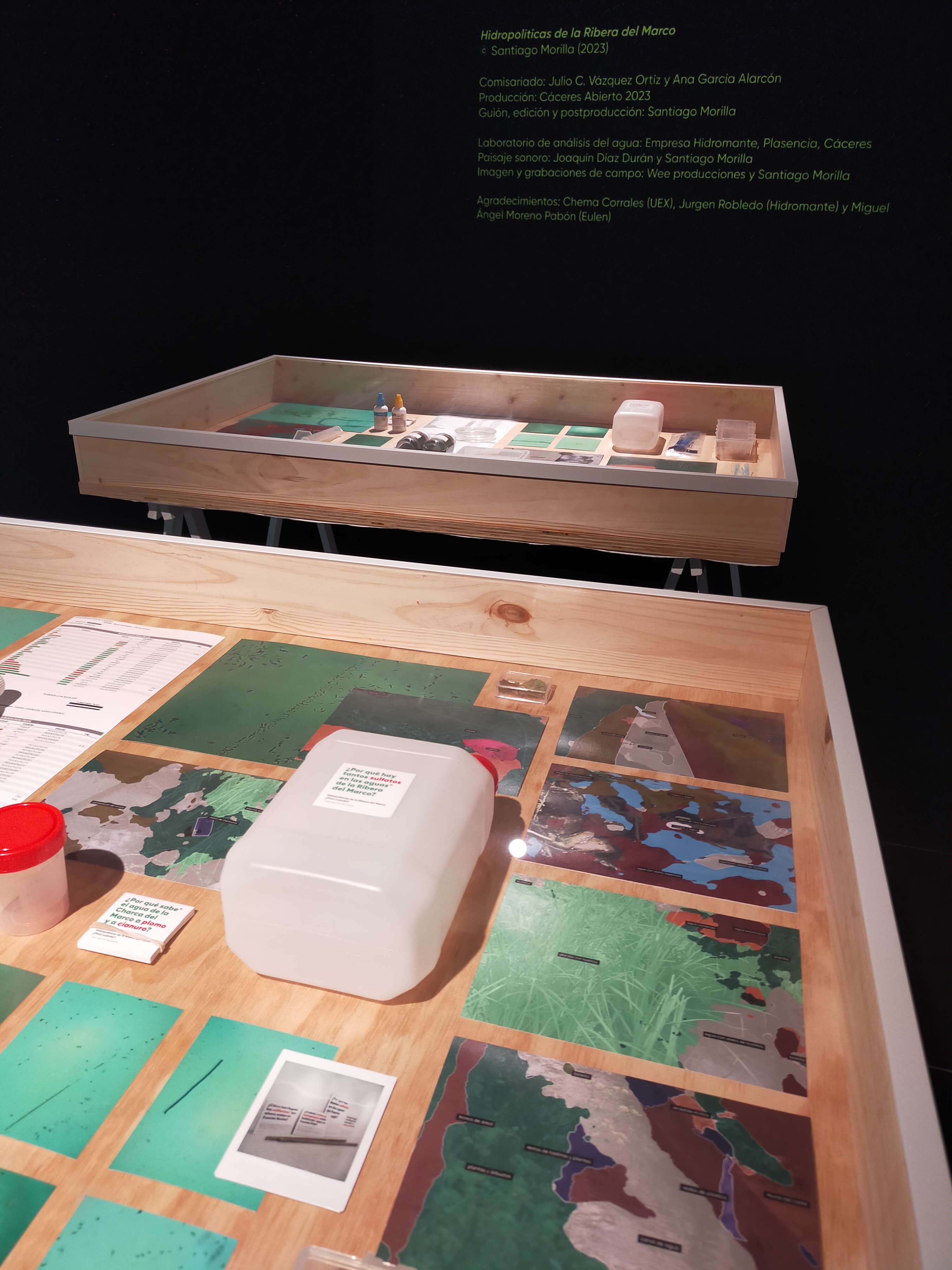
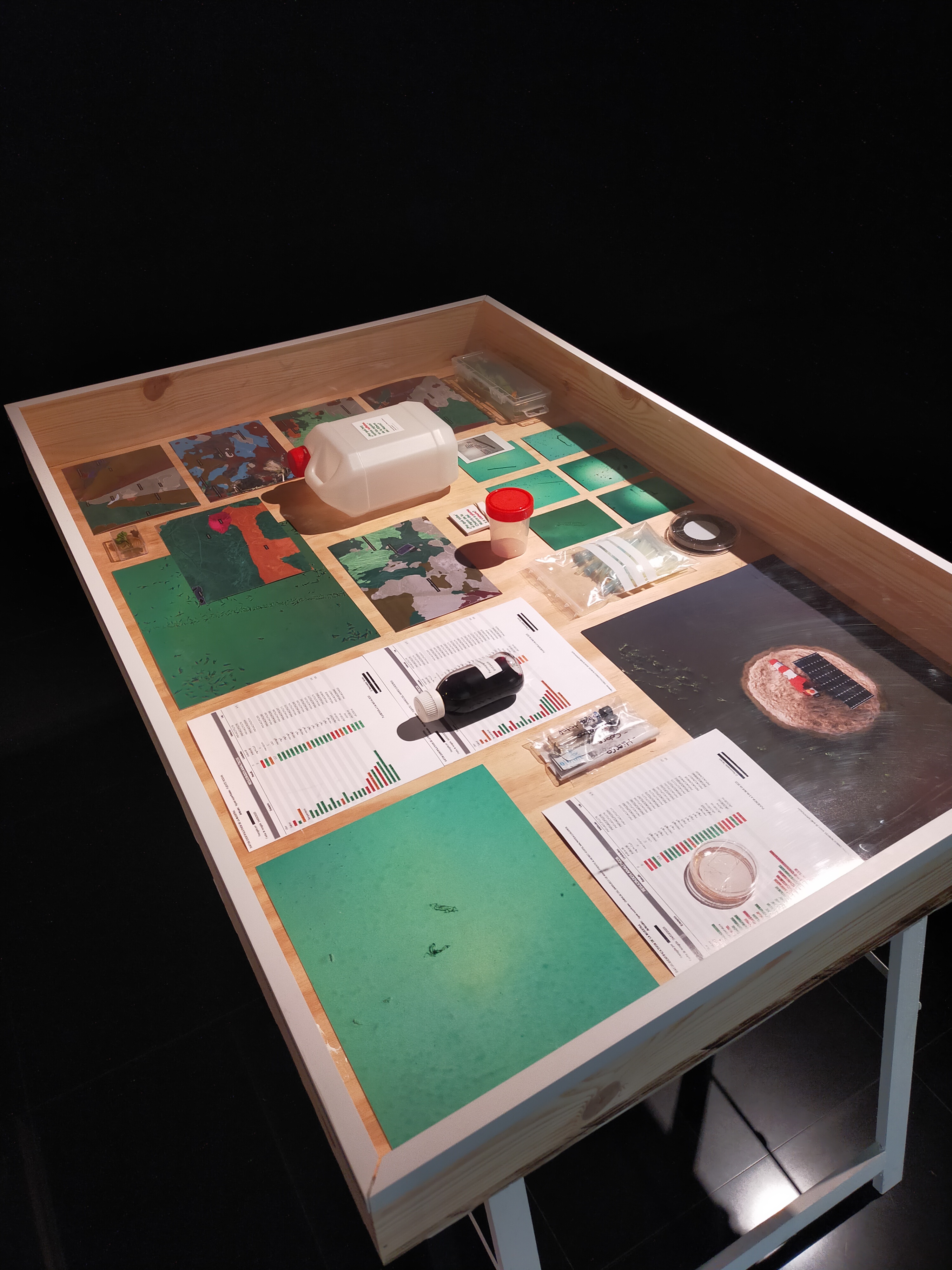

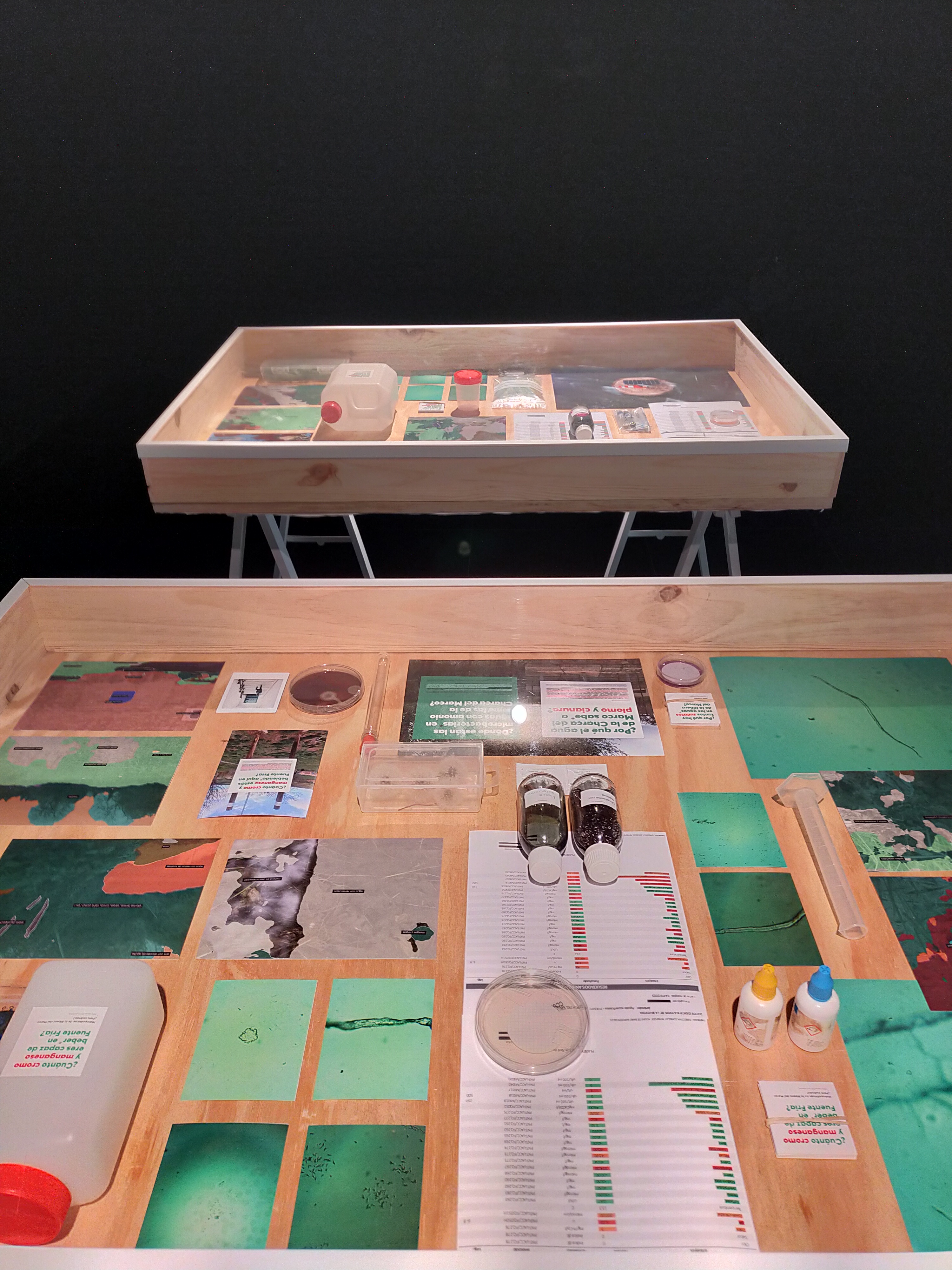

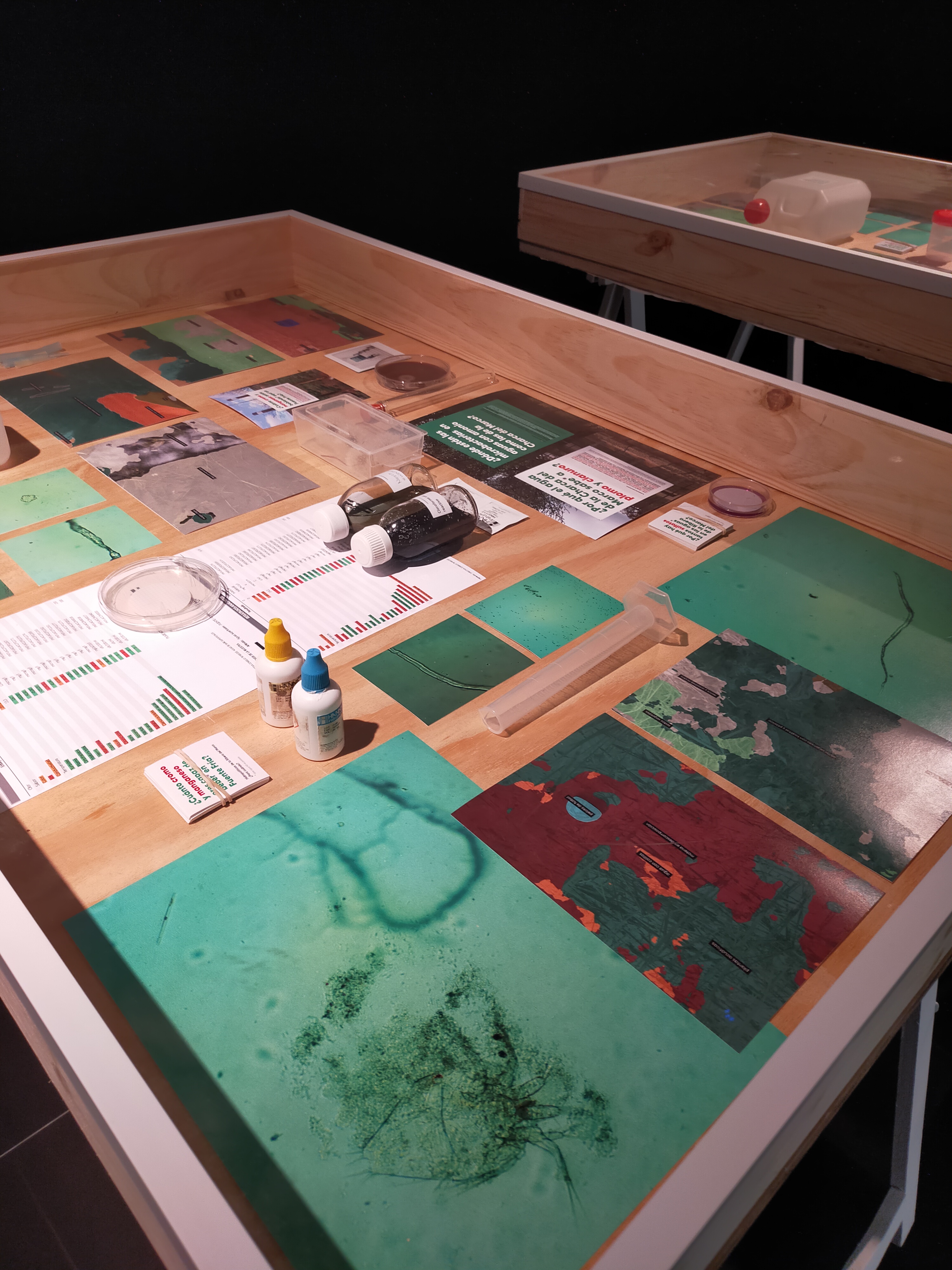
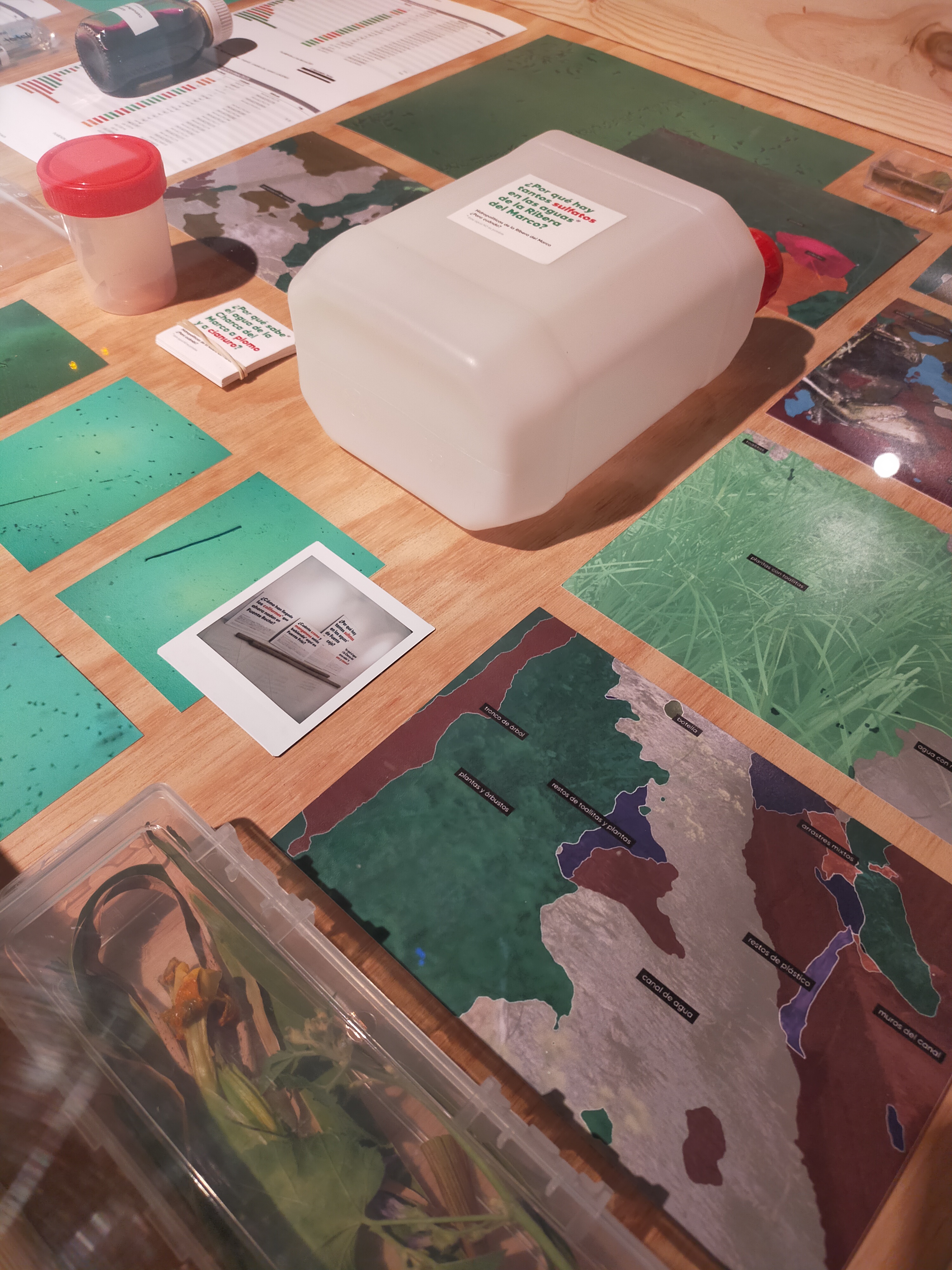
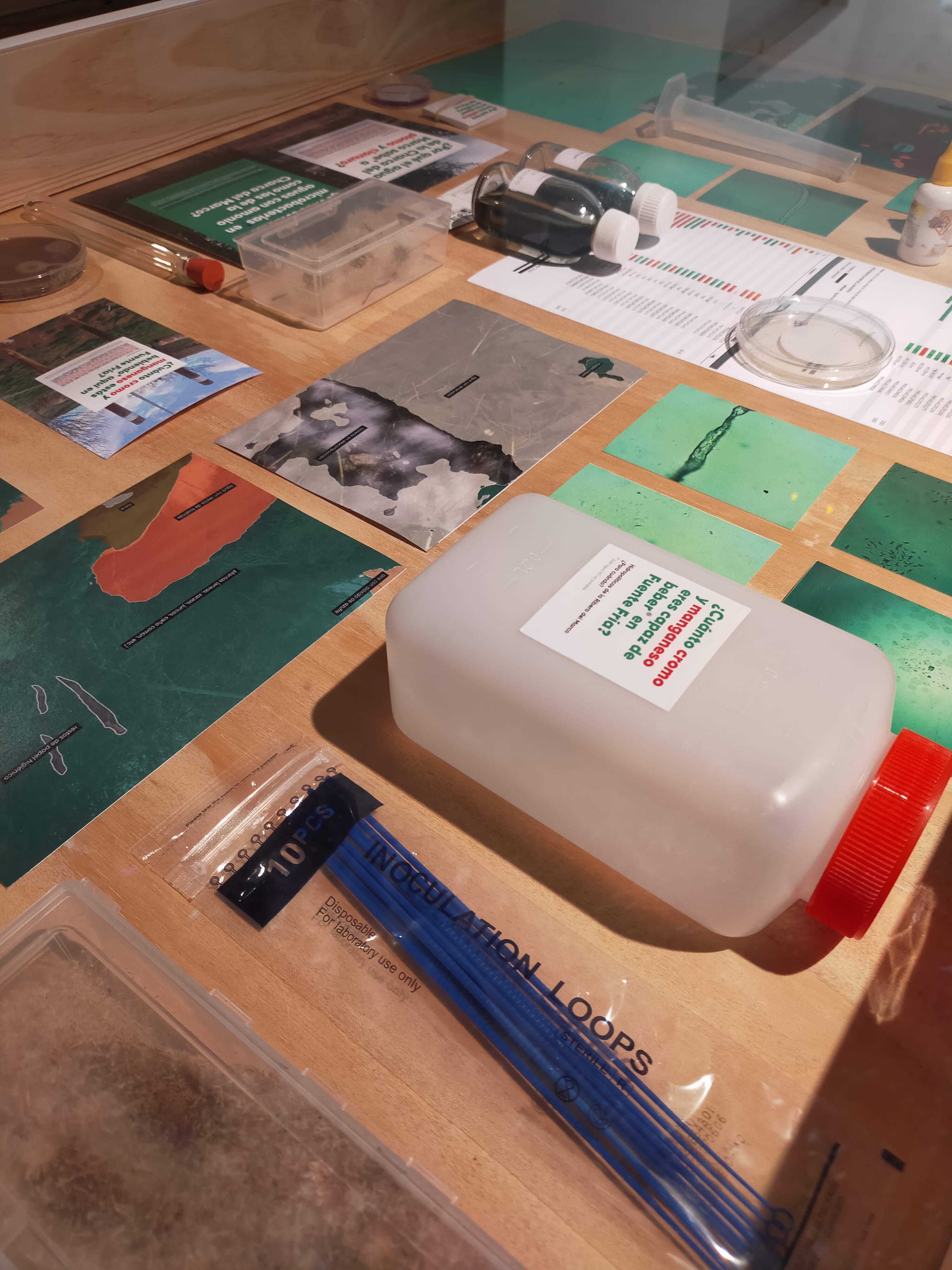

︎ “Hydropolitics of La Ribera del Marco”. Display cases with documentation of chemical tests on the water fountains of La Ribera del Marcoat CÁCERES ABIERTO 4 Exhibition (28/04-18/06/2023), Sala El Brocense, Cáceres, Spain. Photos by @santiagomorilla
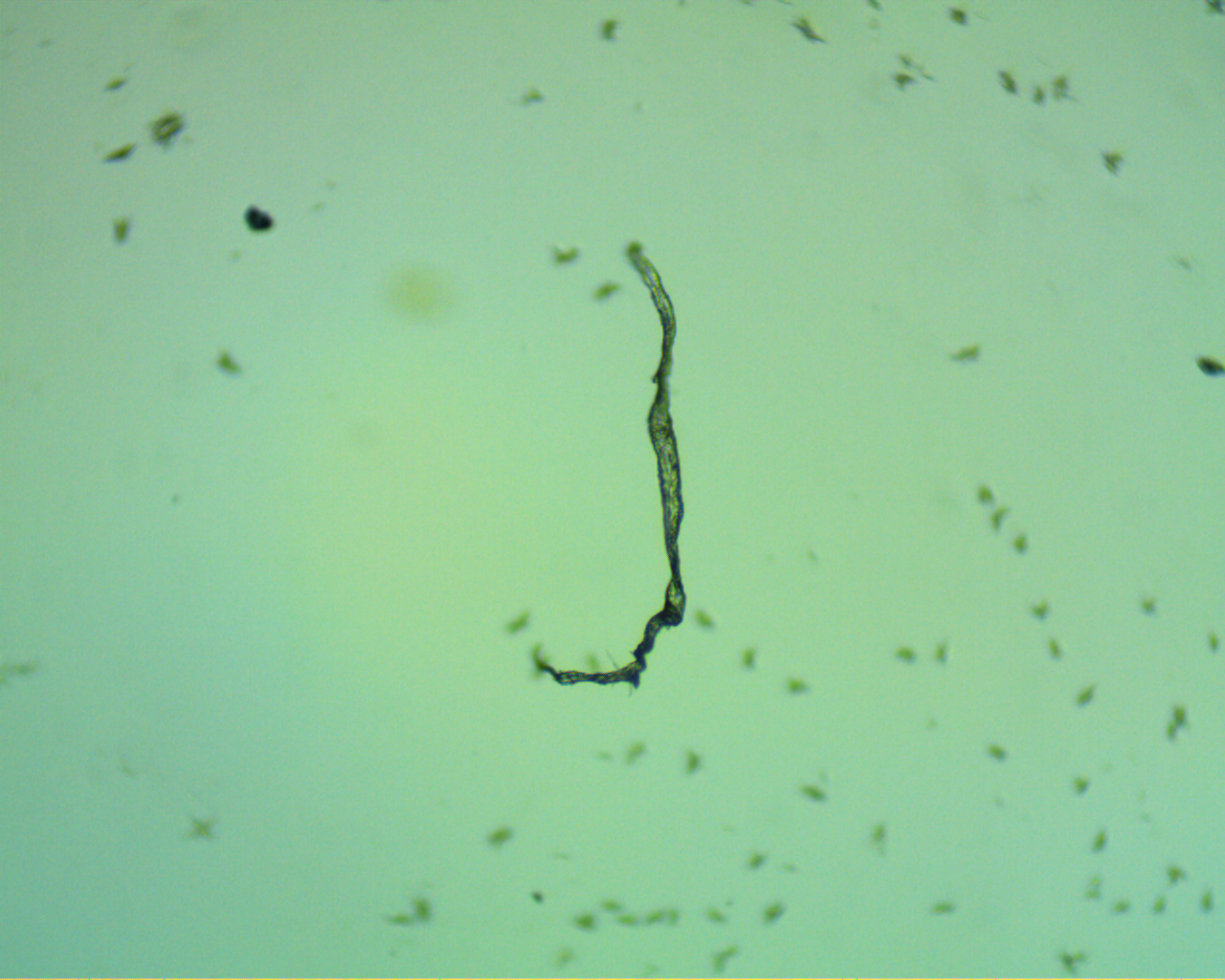
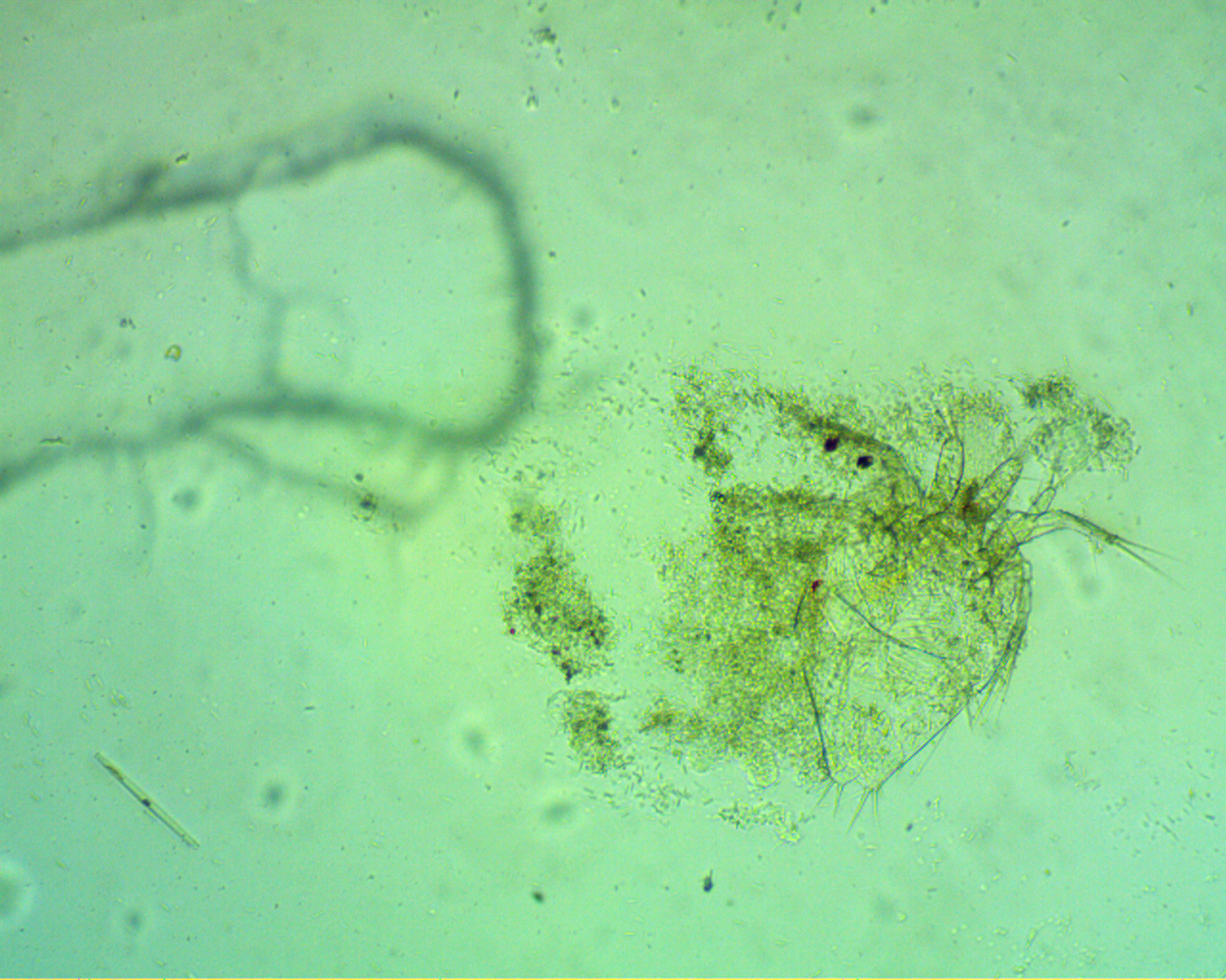
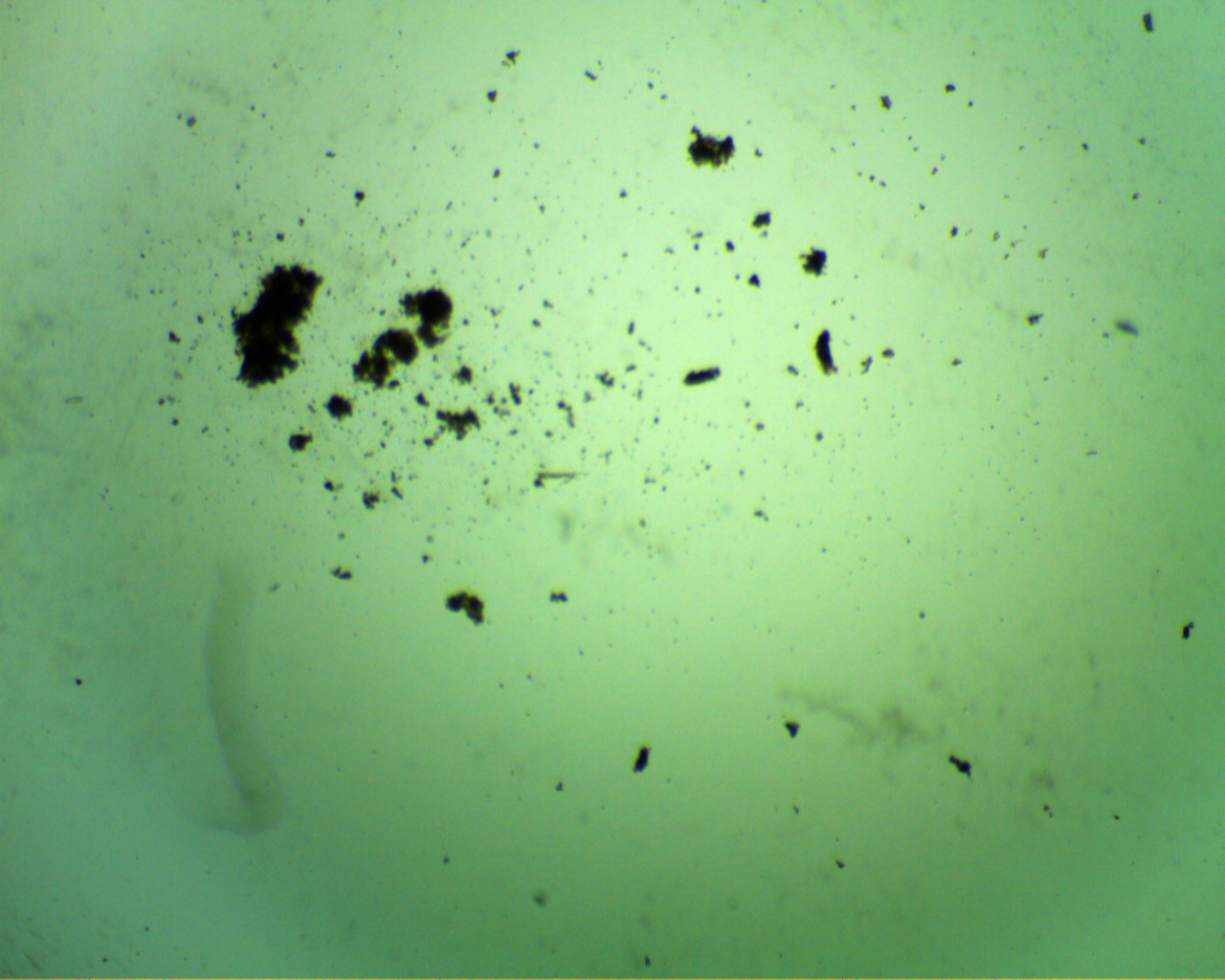

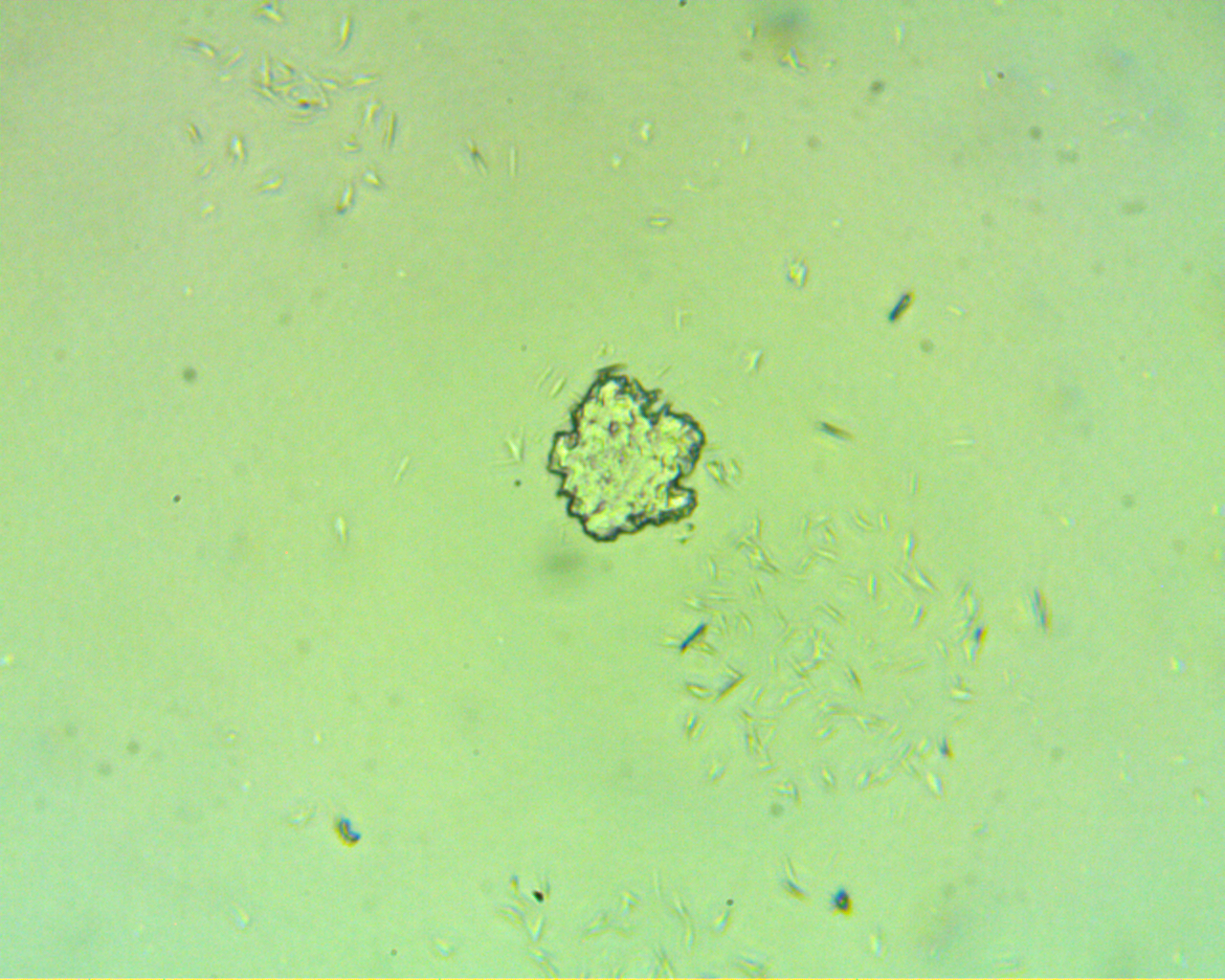
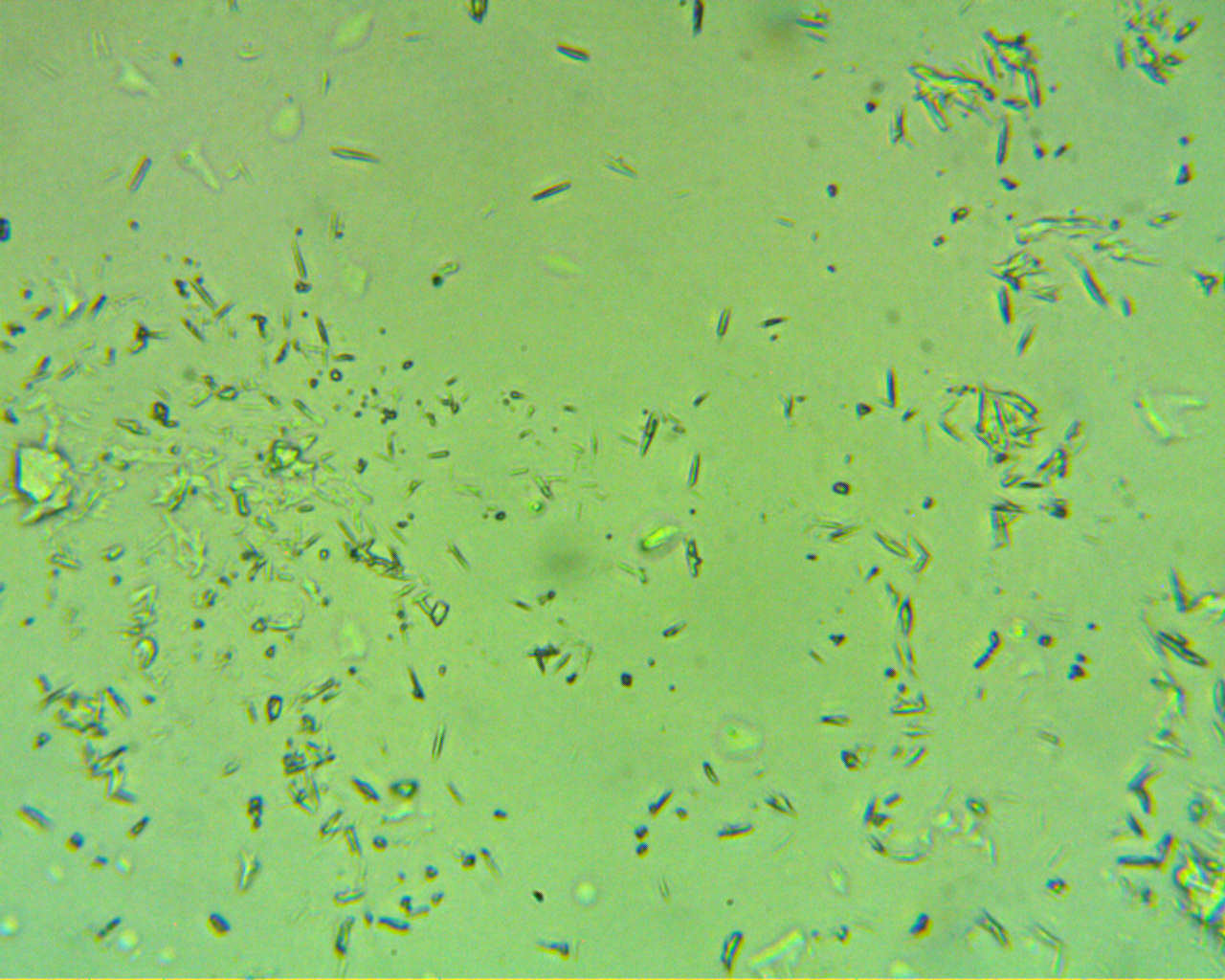

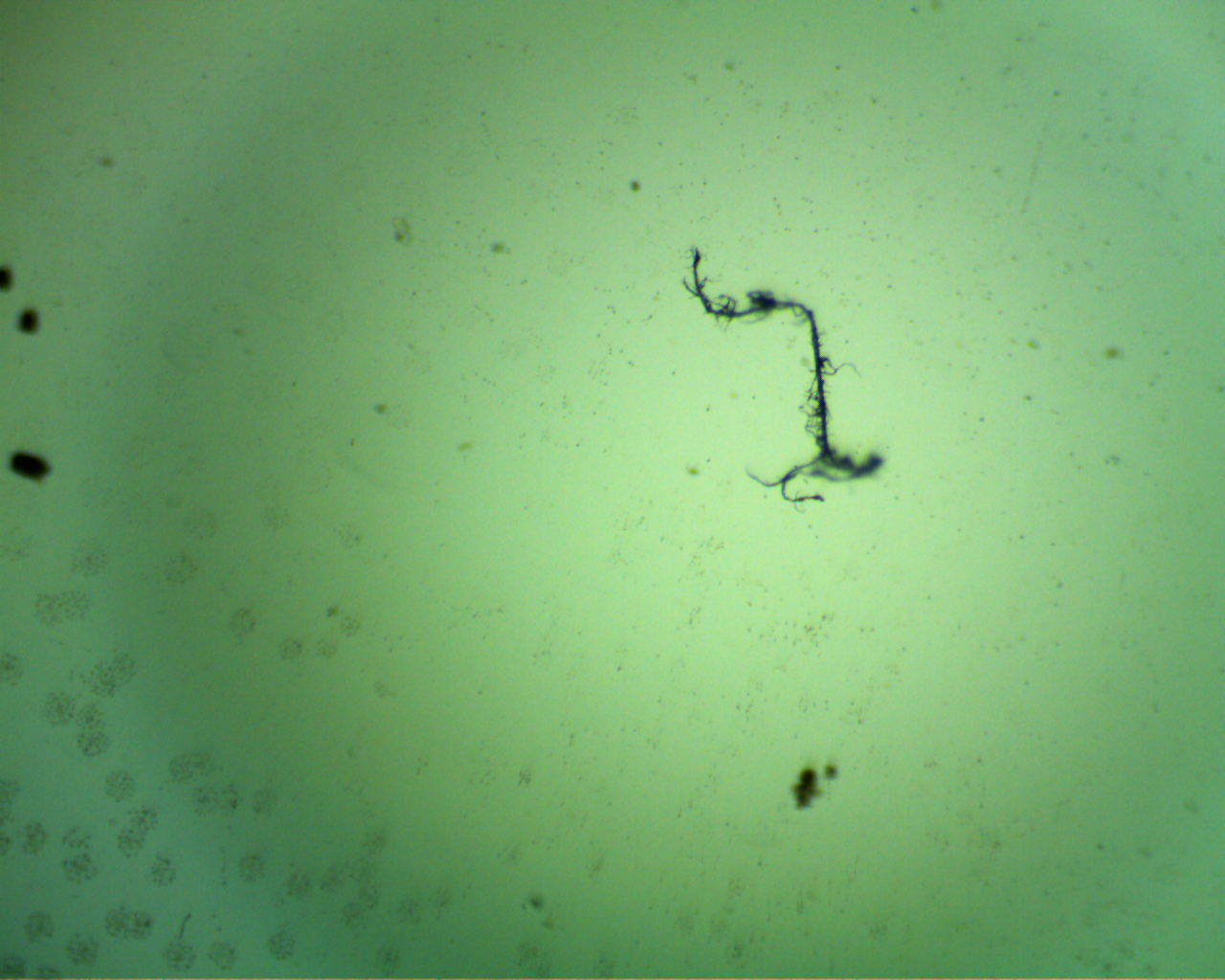

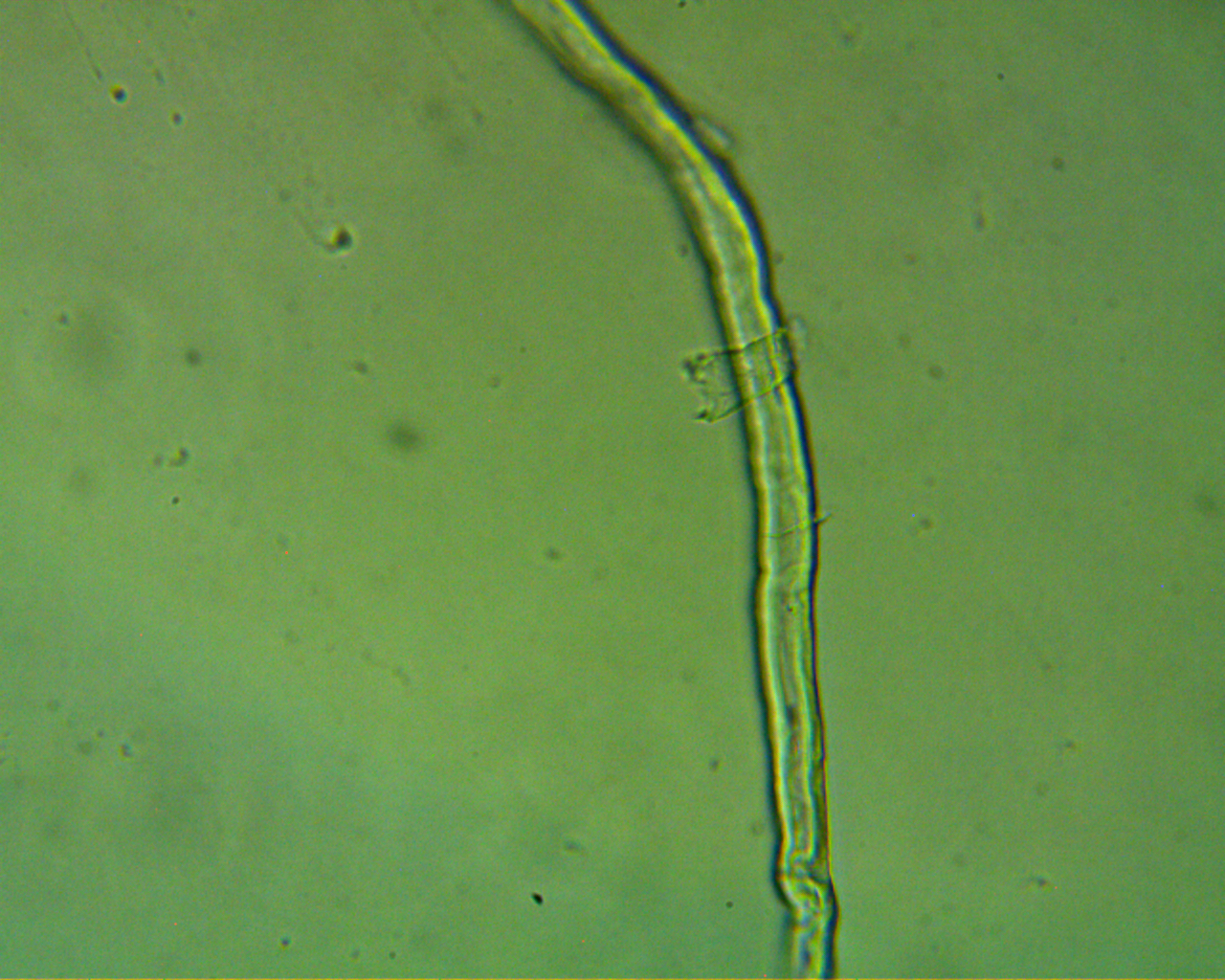
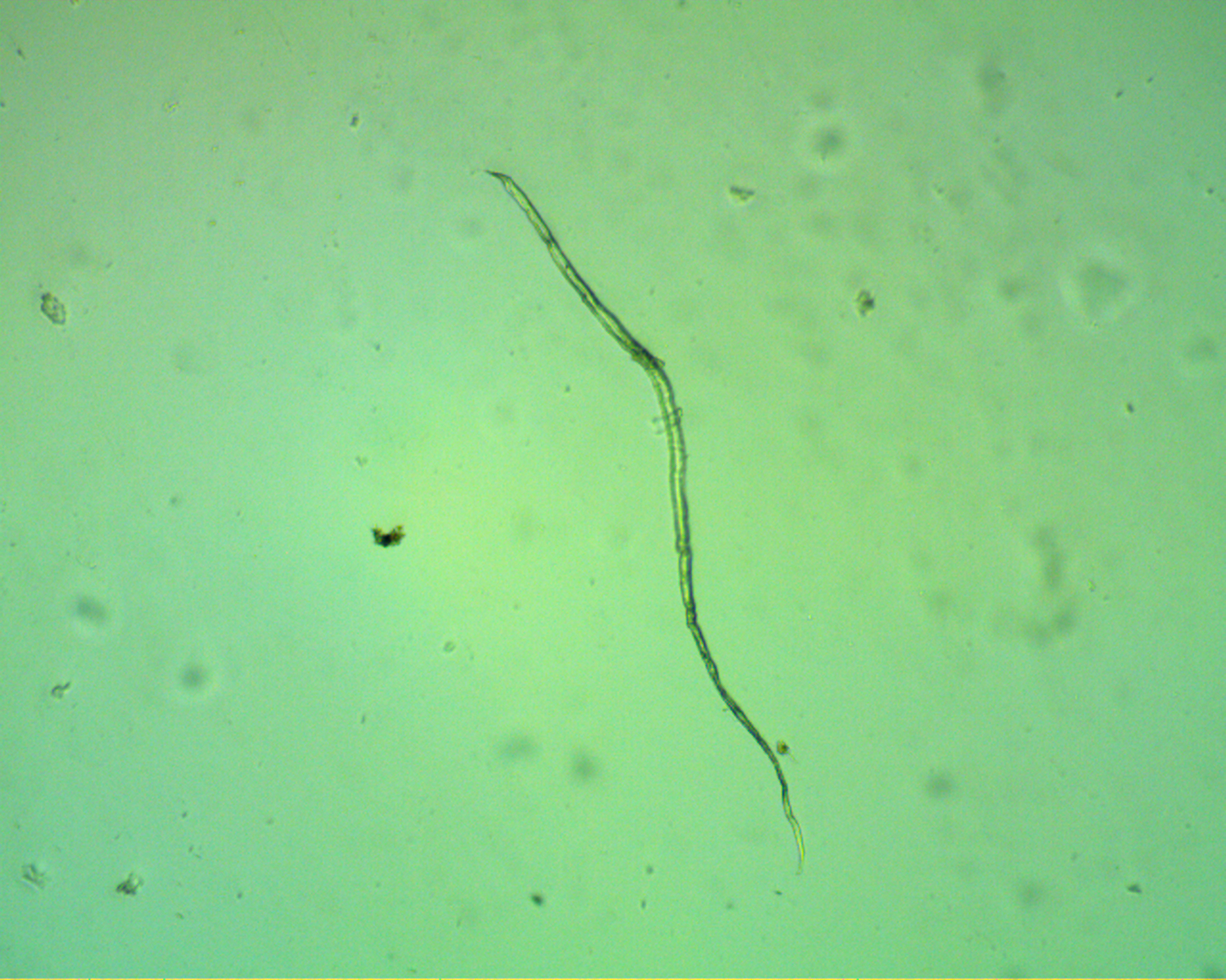

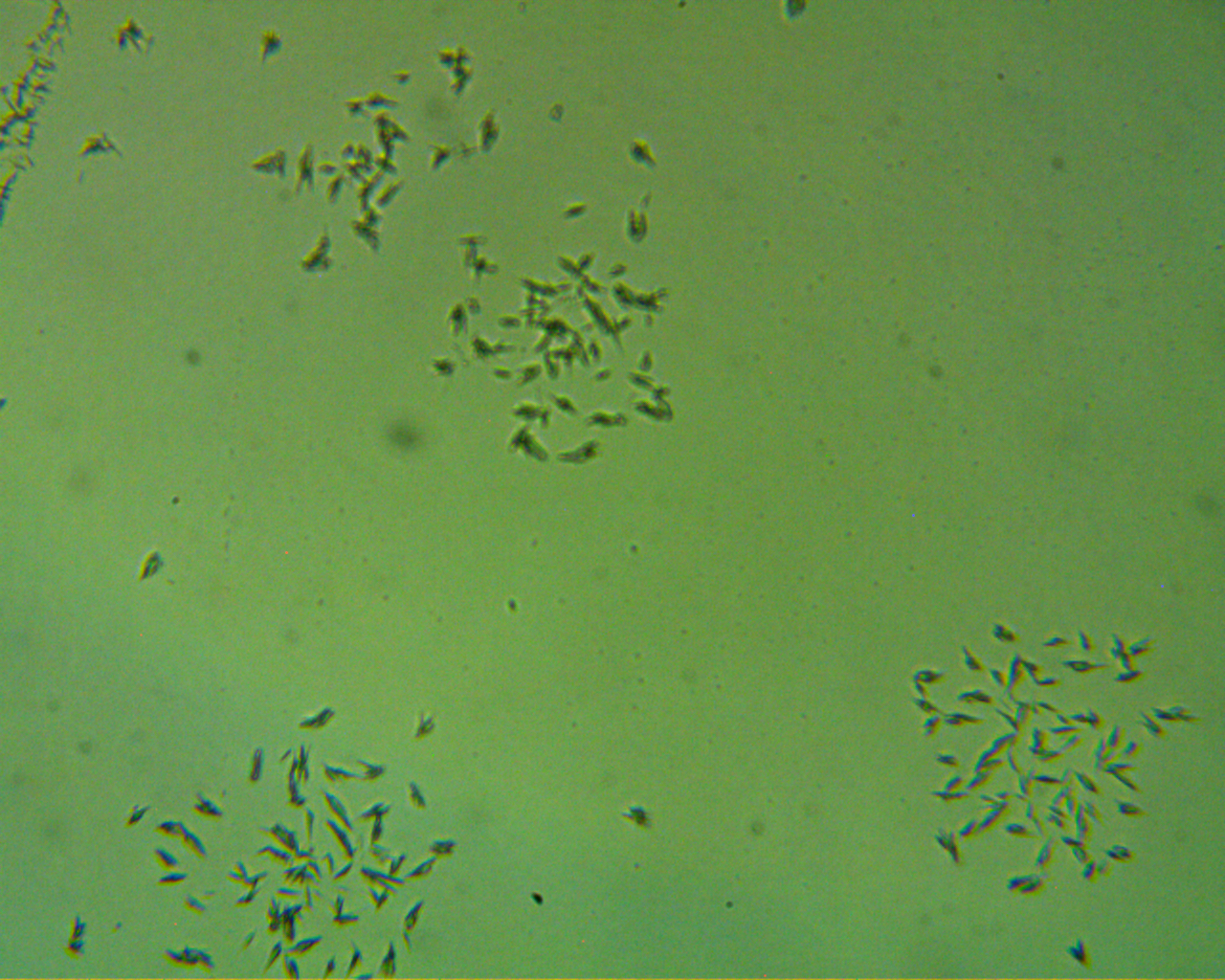
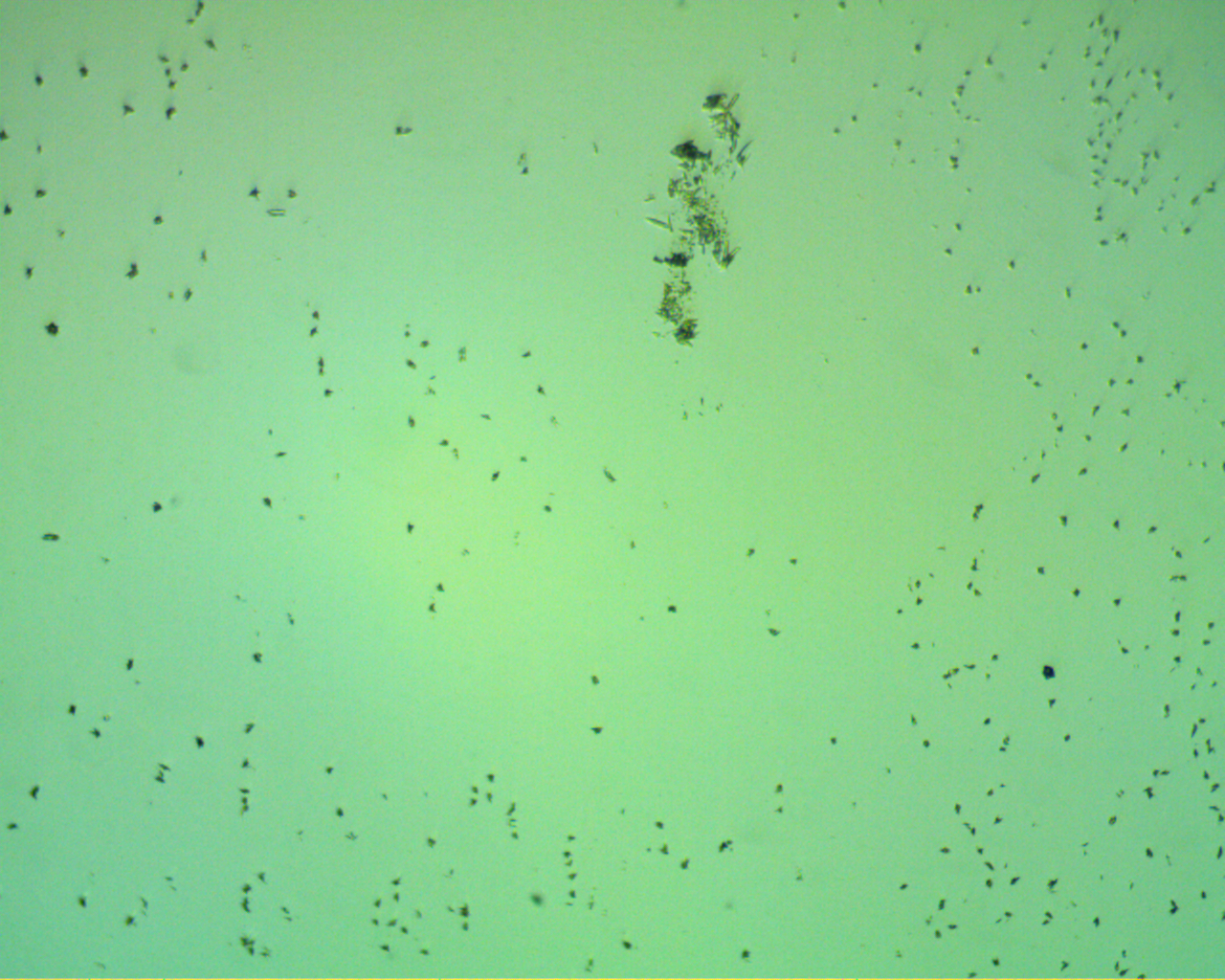
︎ Microscope images of samples collected from the water fountains of La Ribera del Marco. Photos by @santiagomorilla
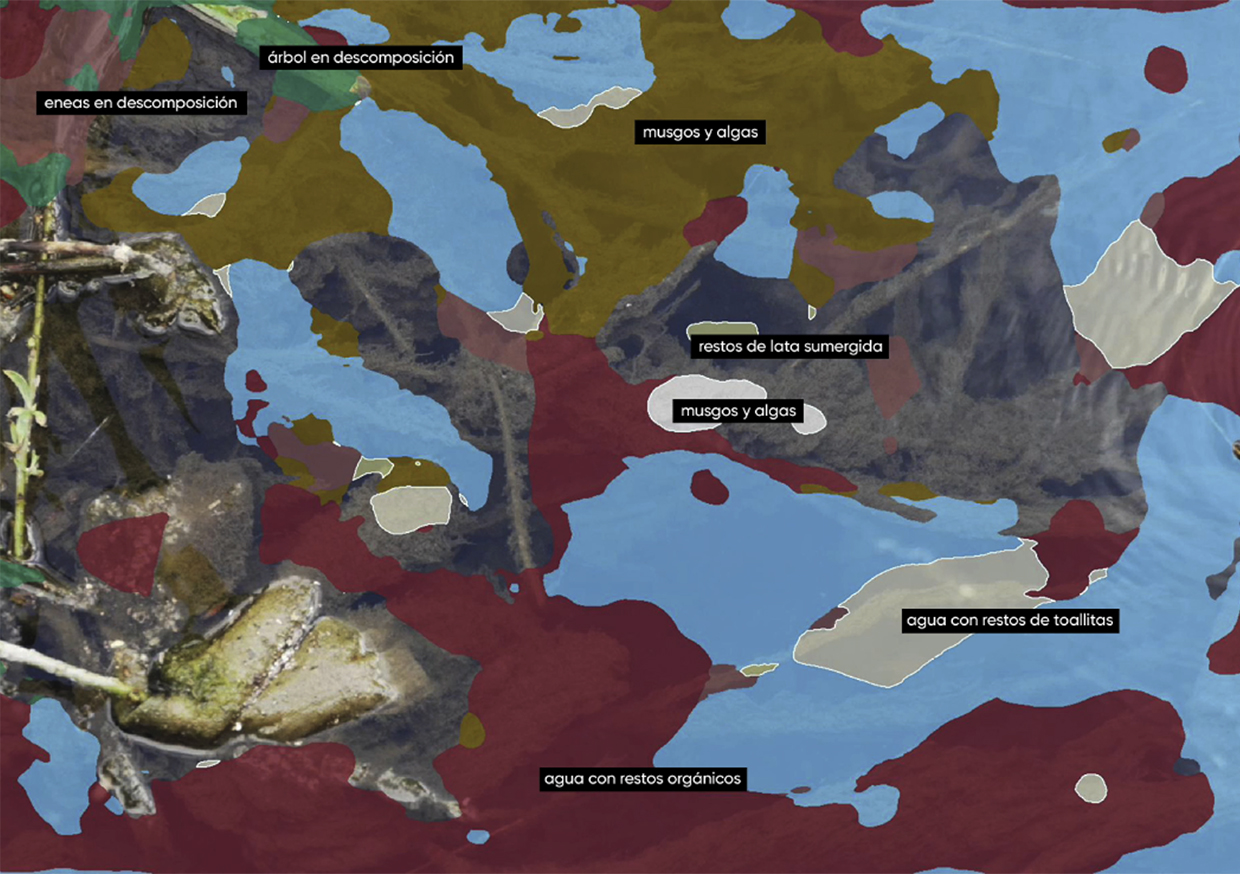
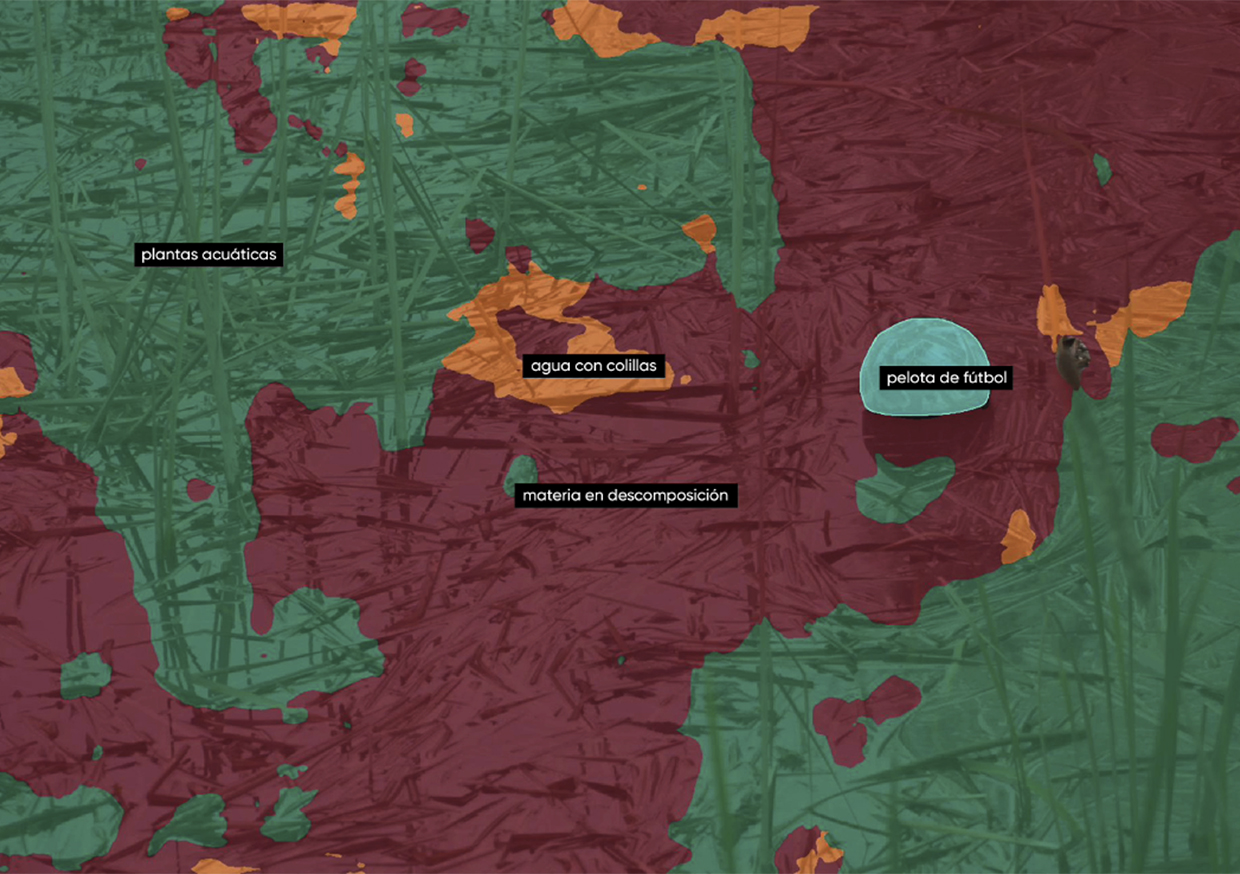
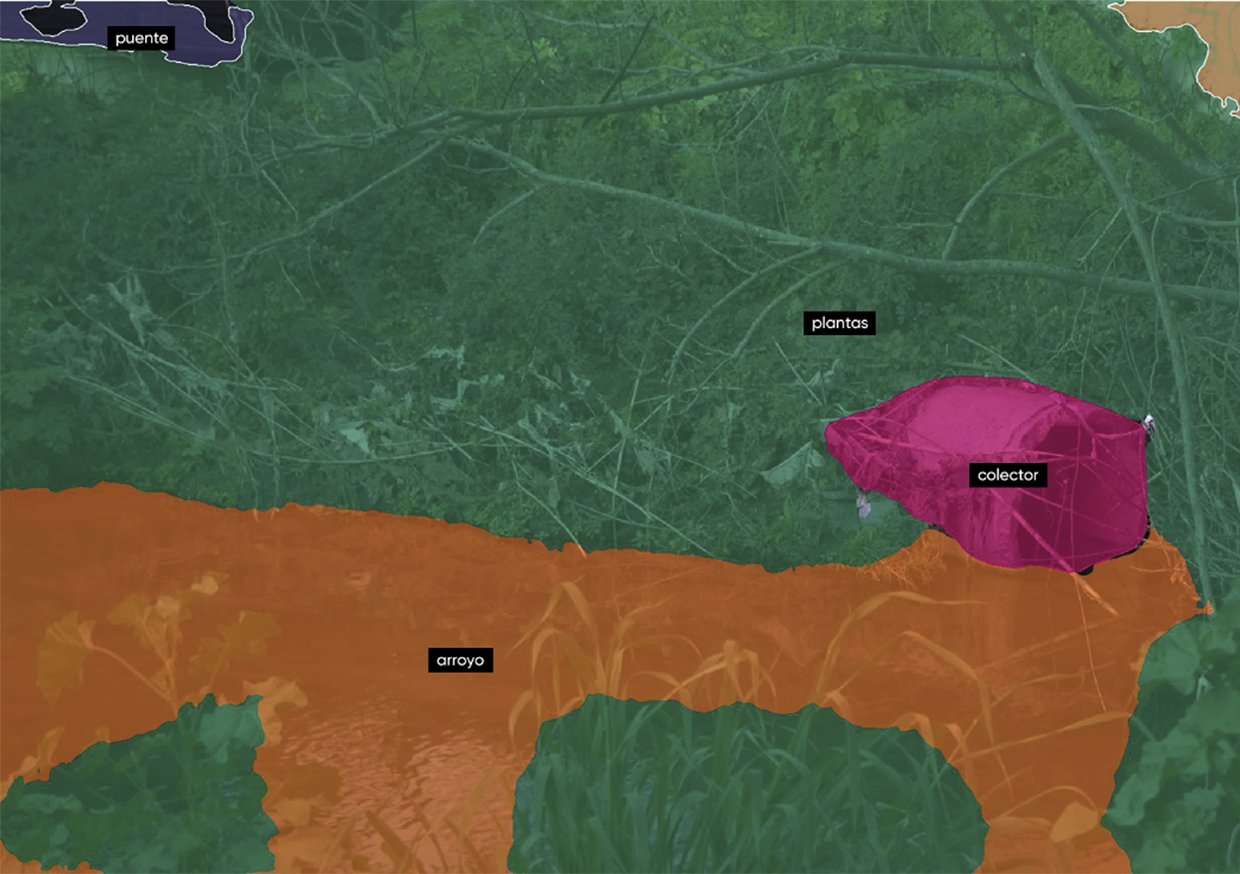
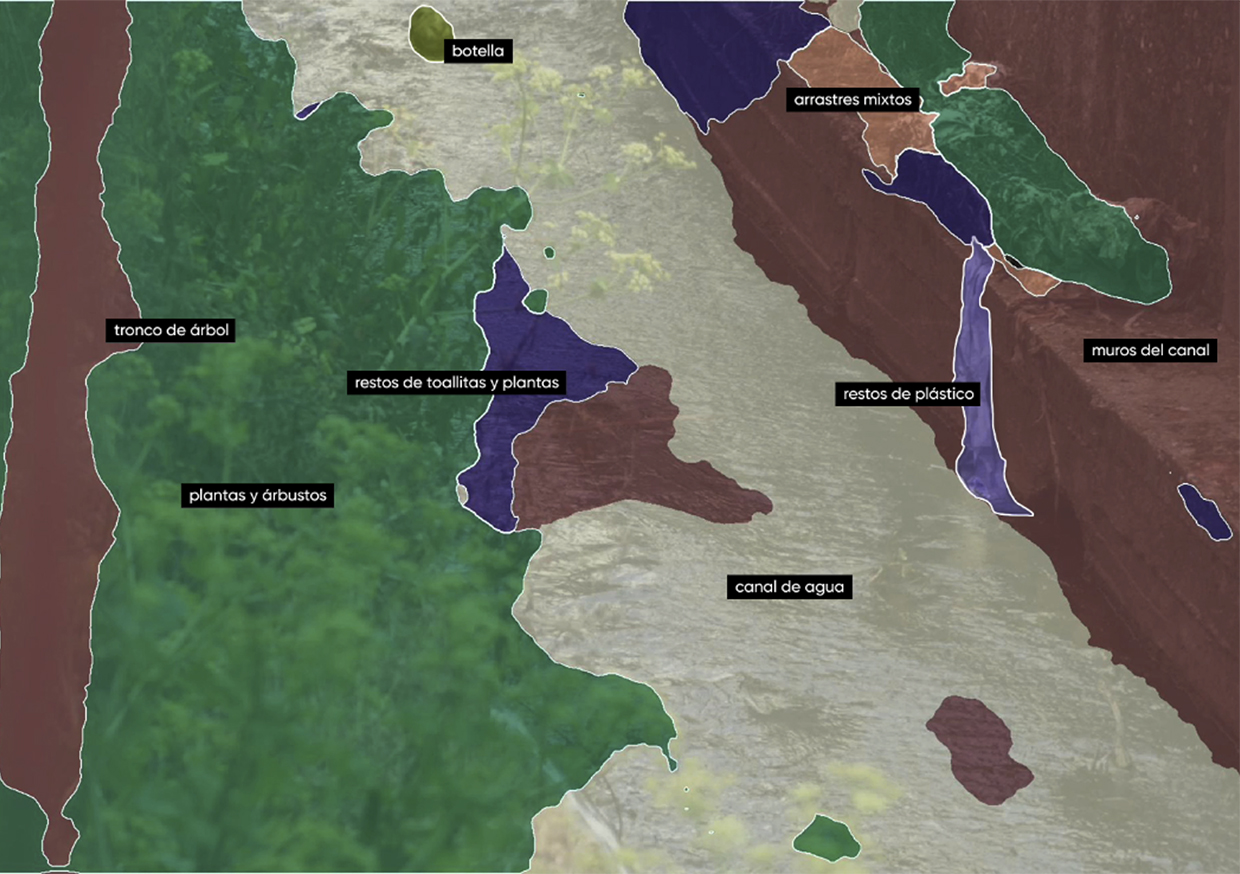
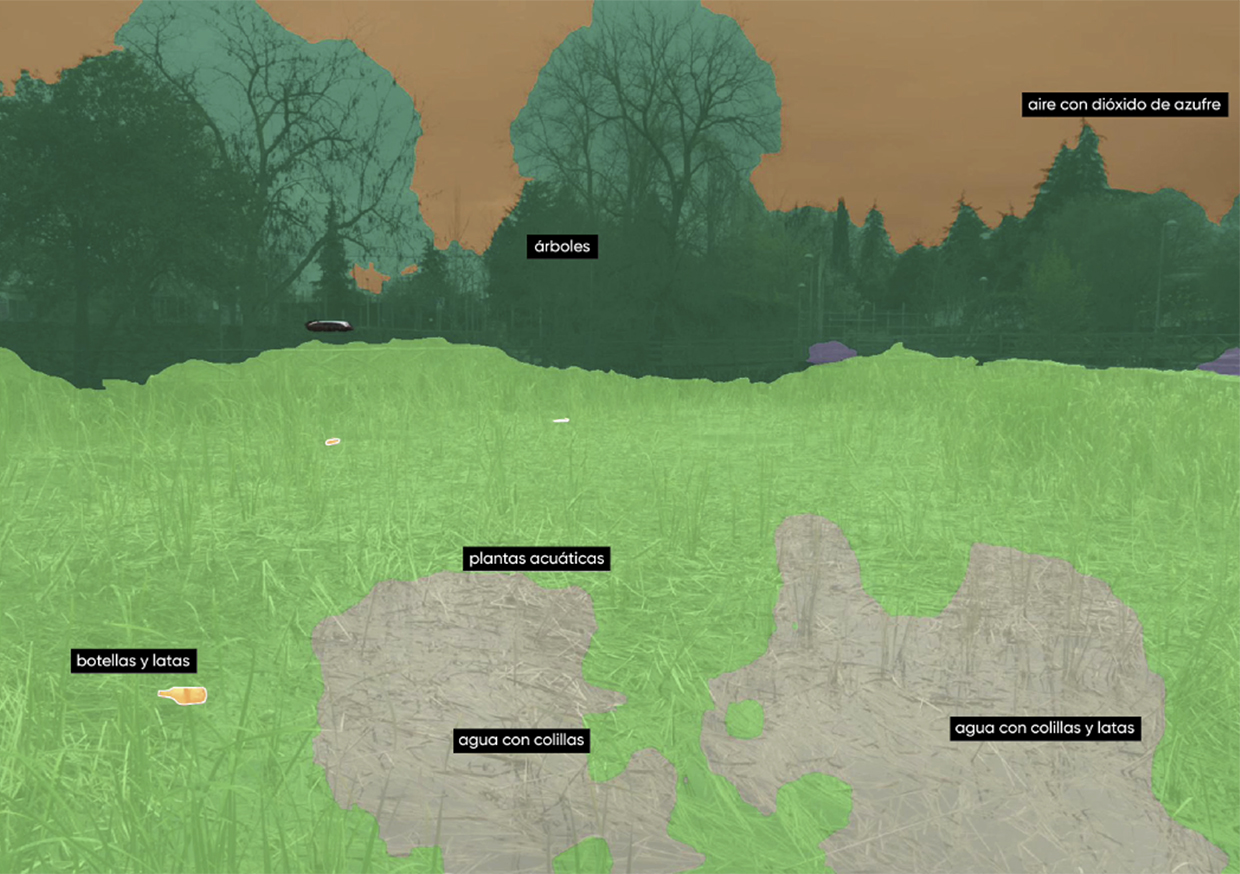
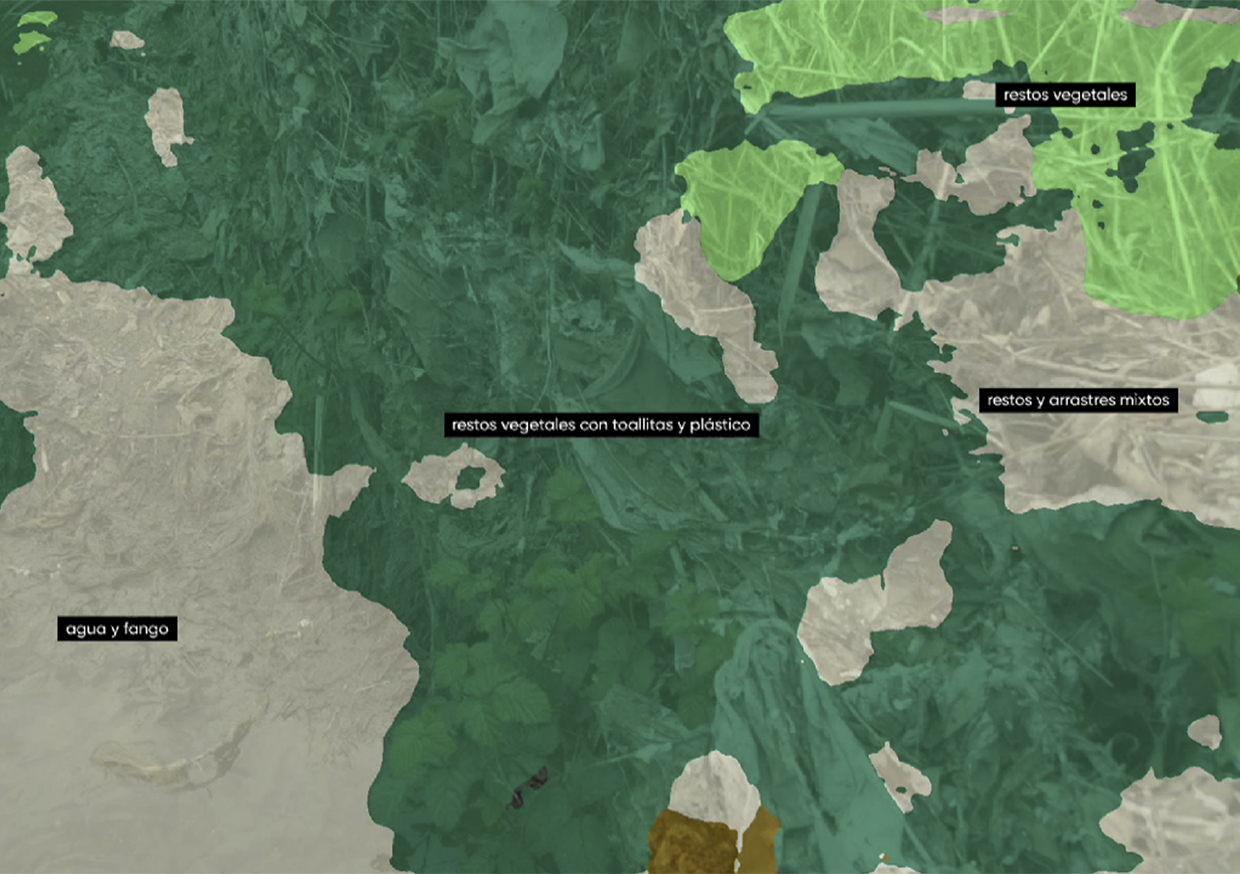
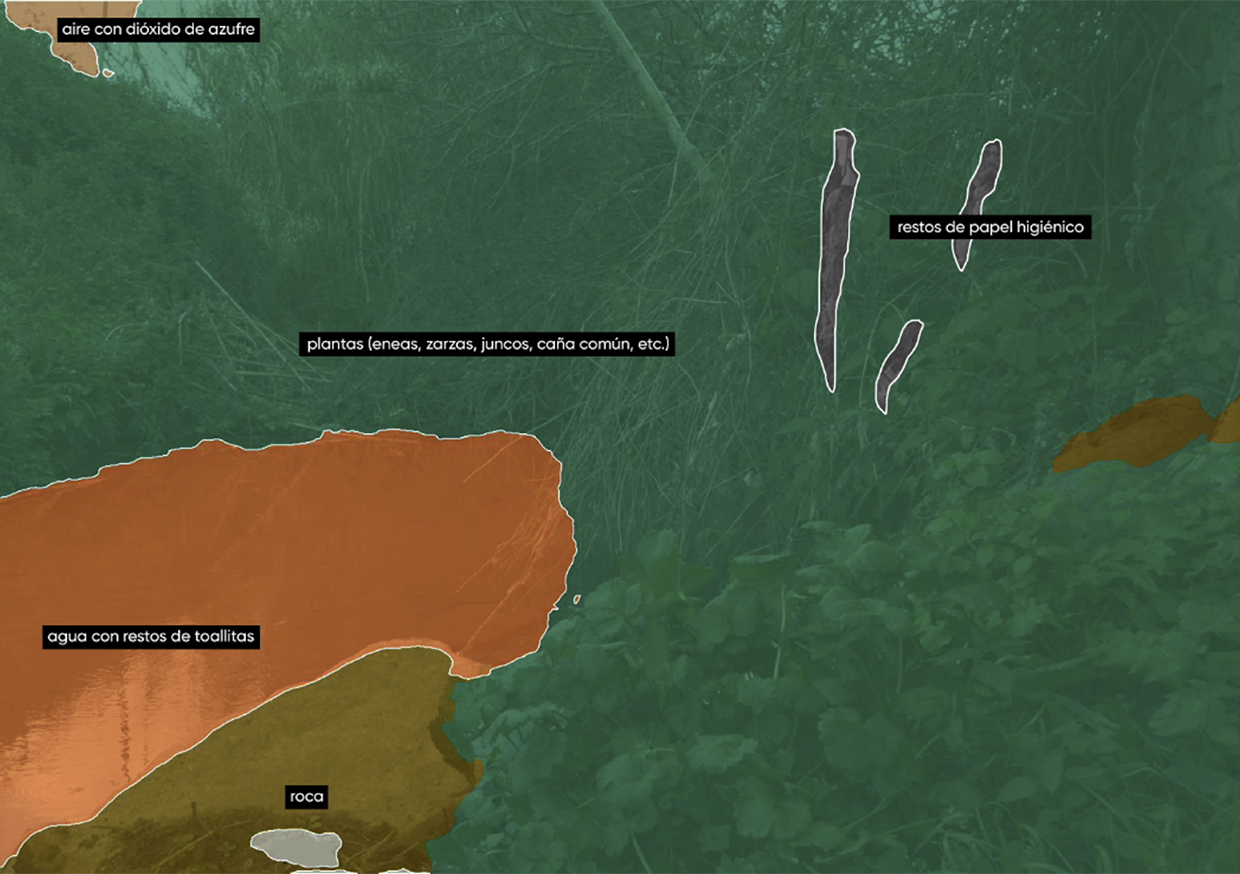
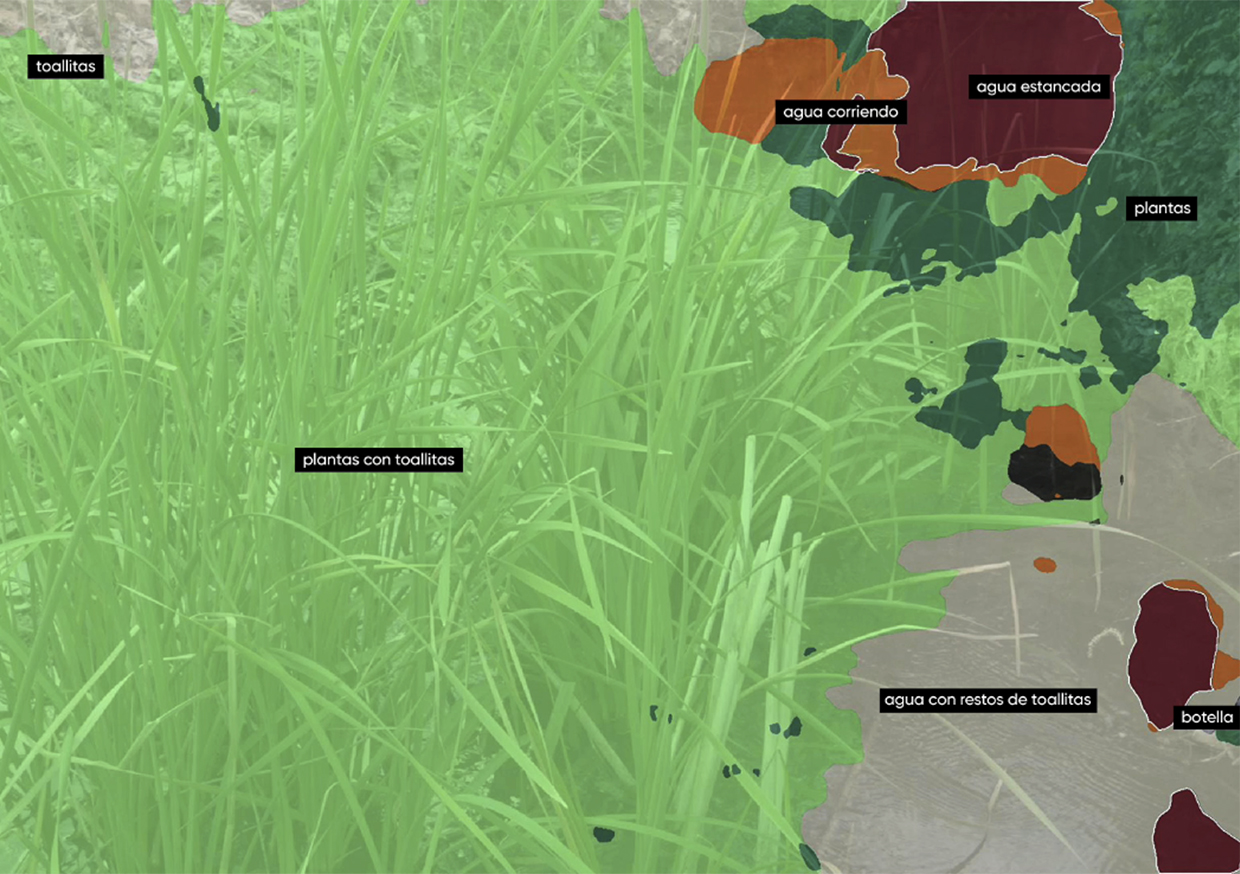

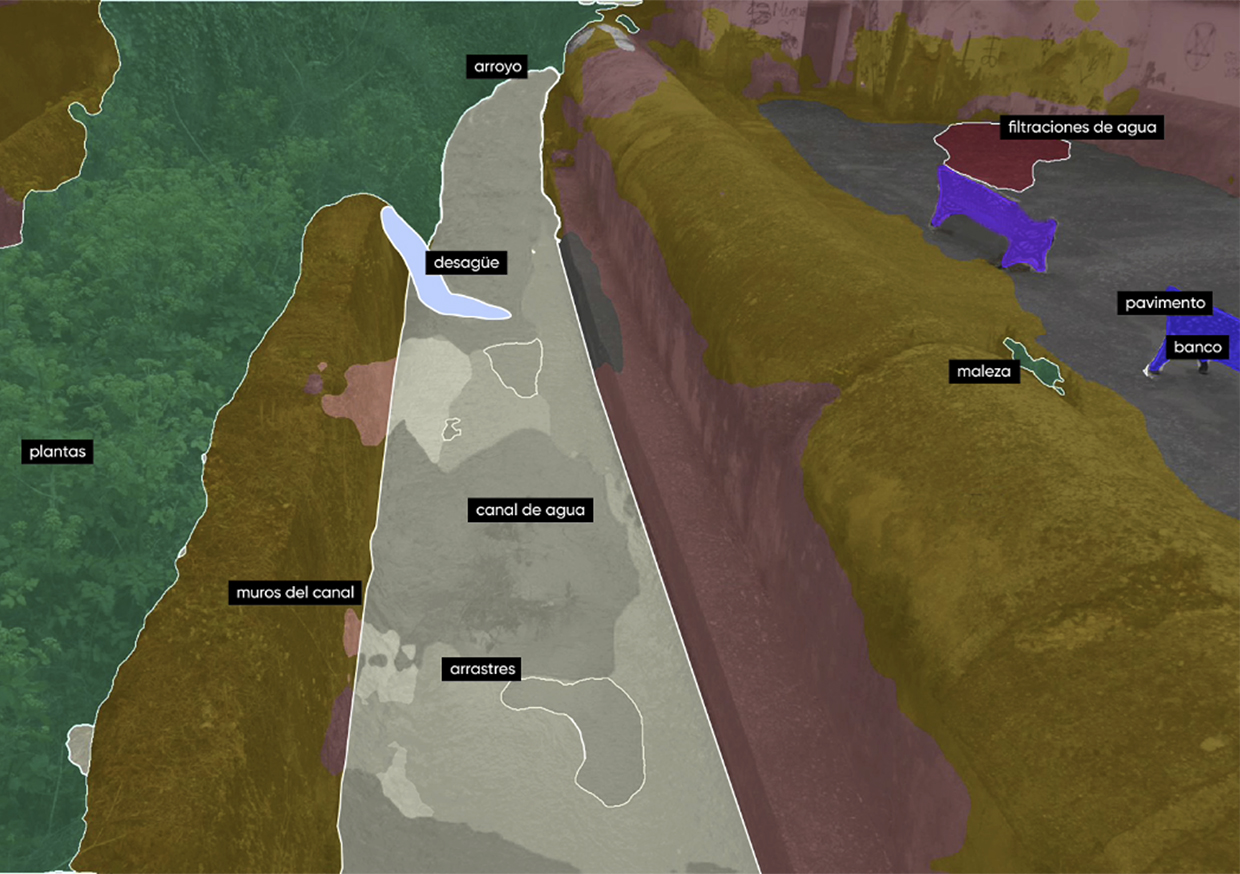
︎ Stills from “Hydropolitics of La Ribera del Marco” Single-channel Video FullHD Artwork (08:52). Art direction by @santiagomorilla